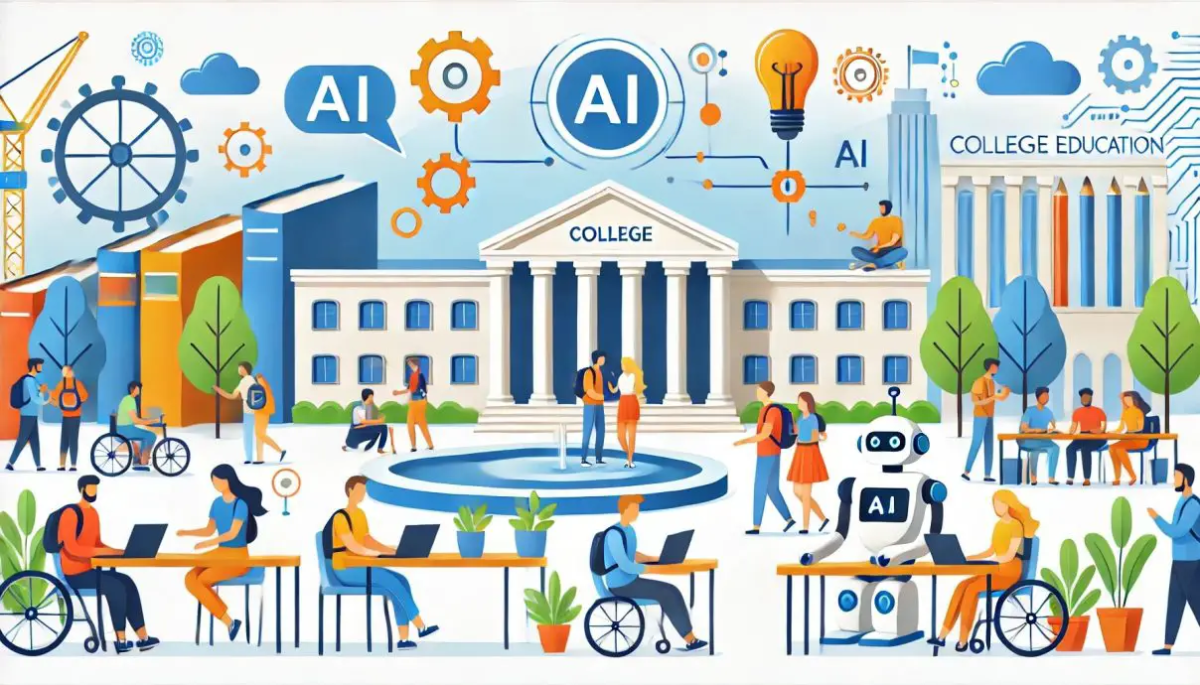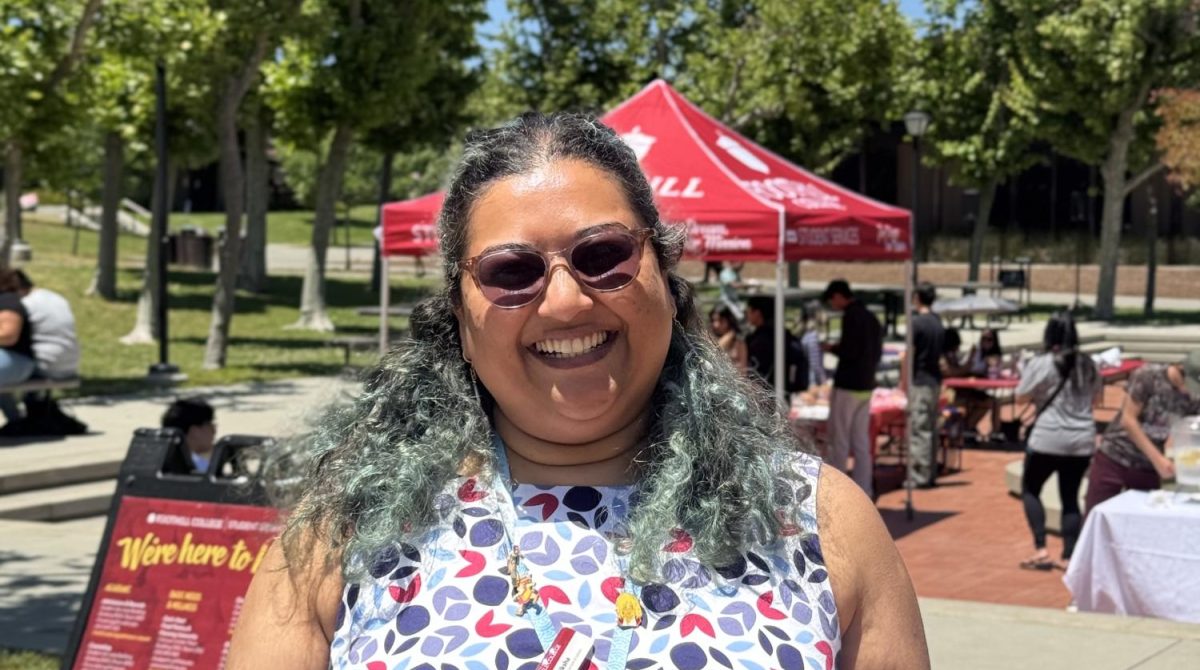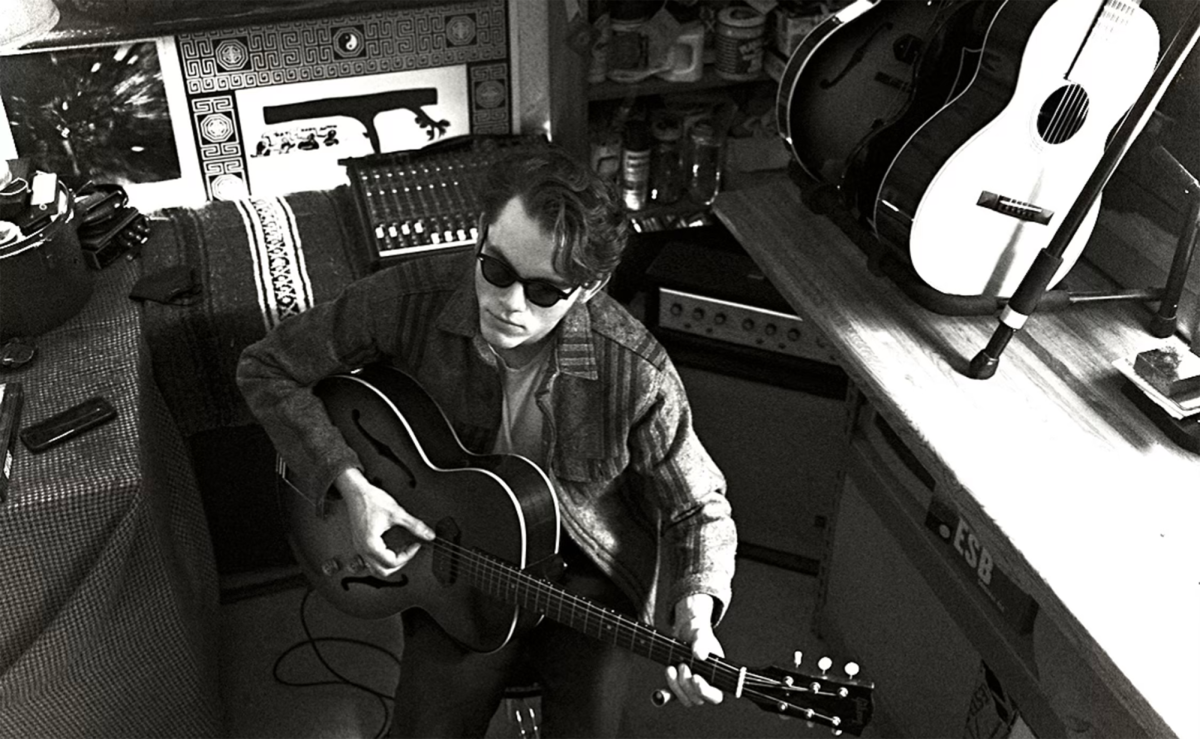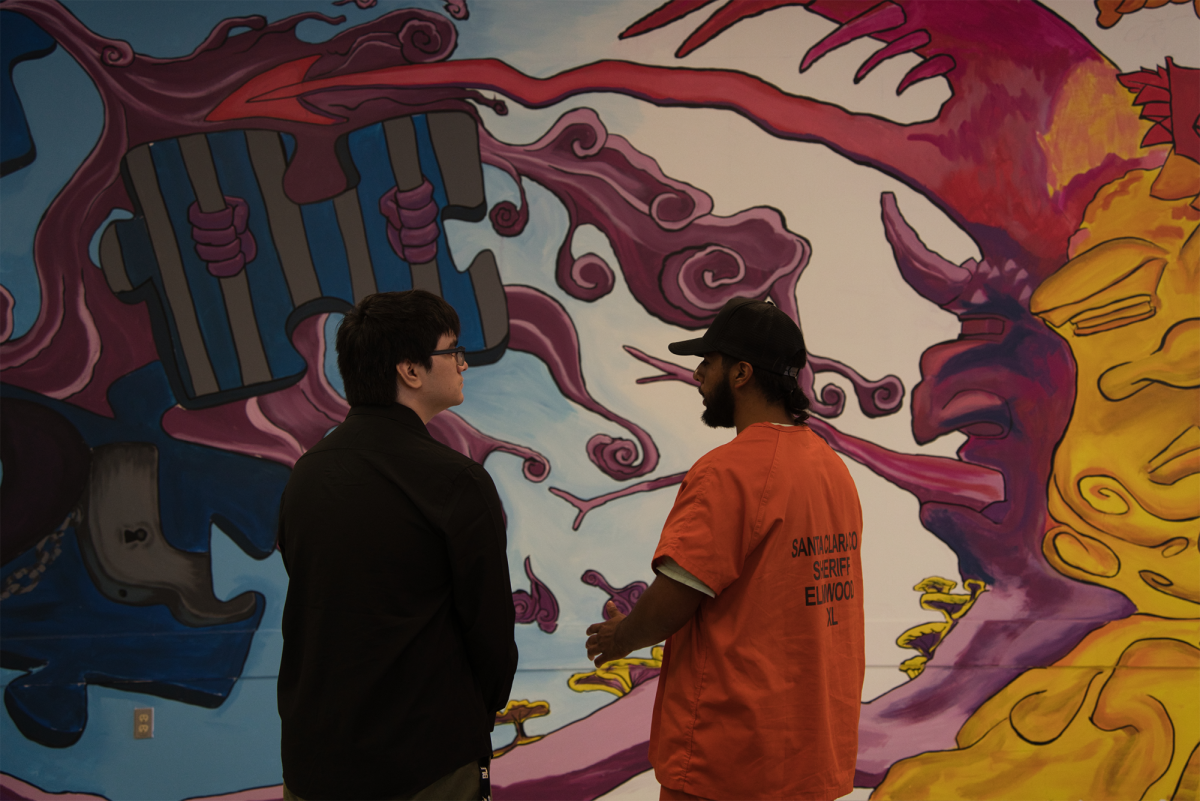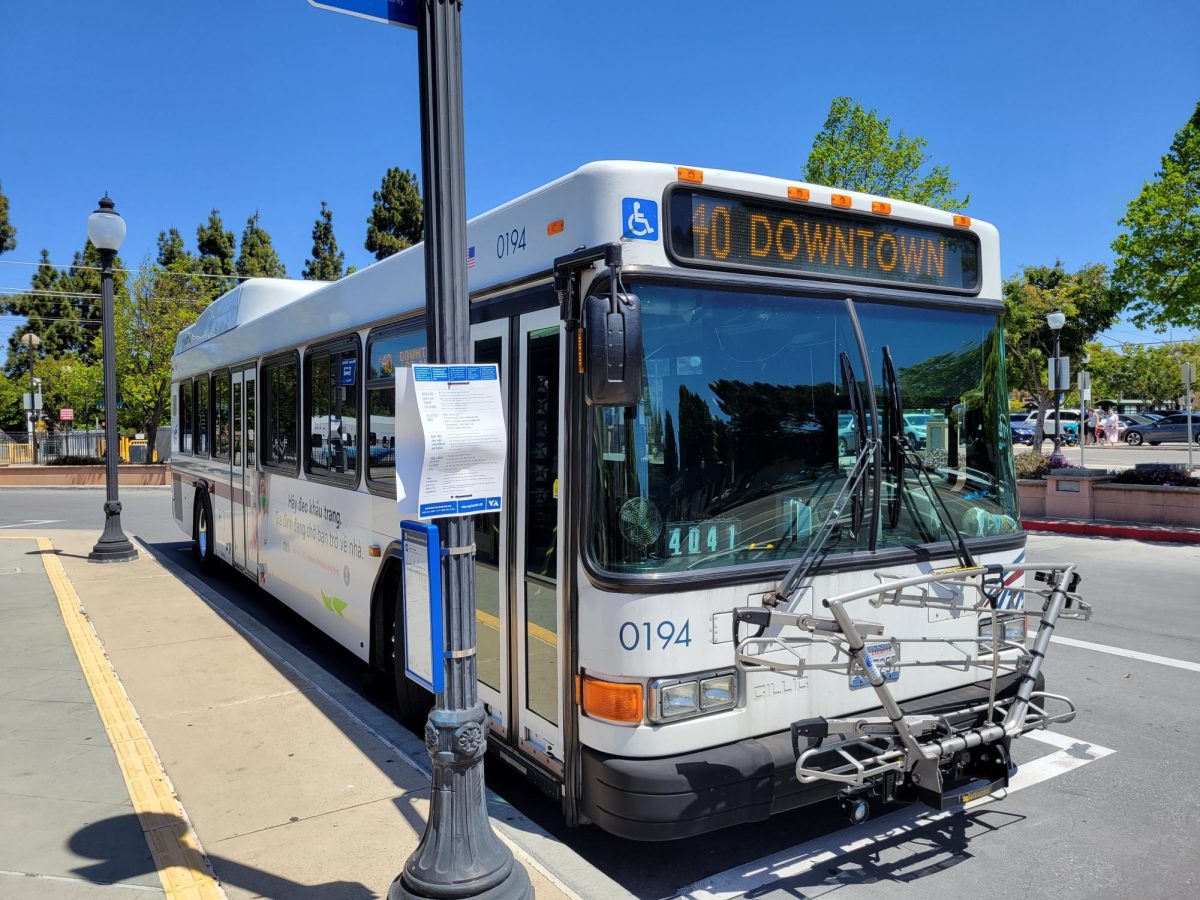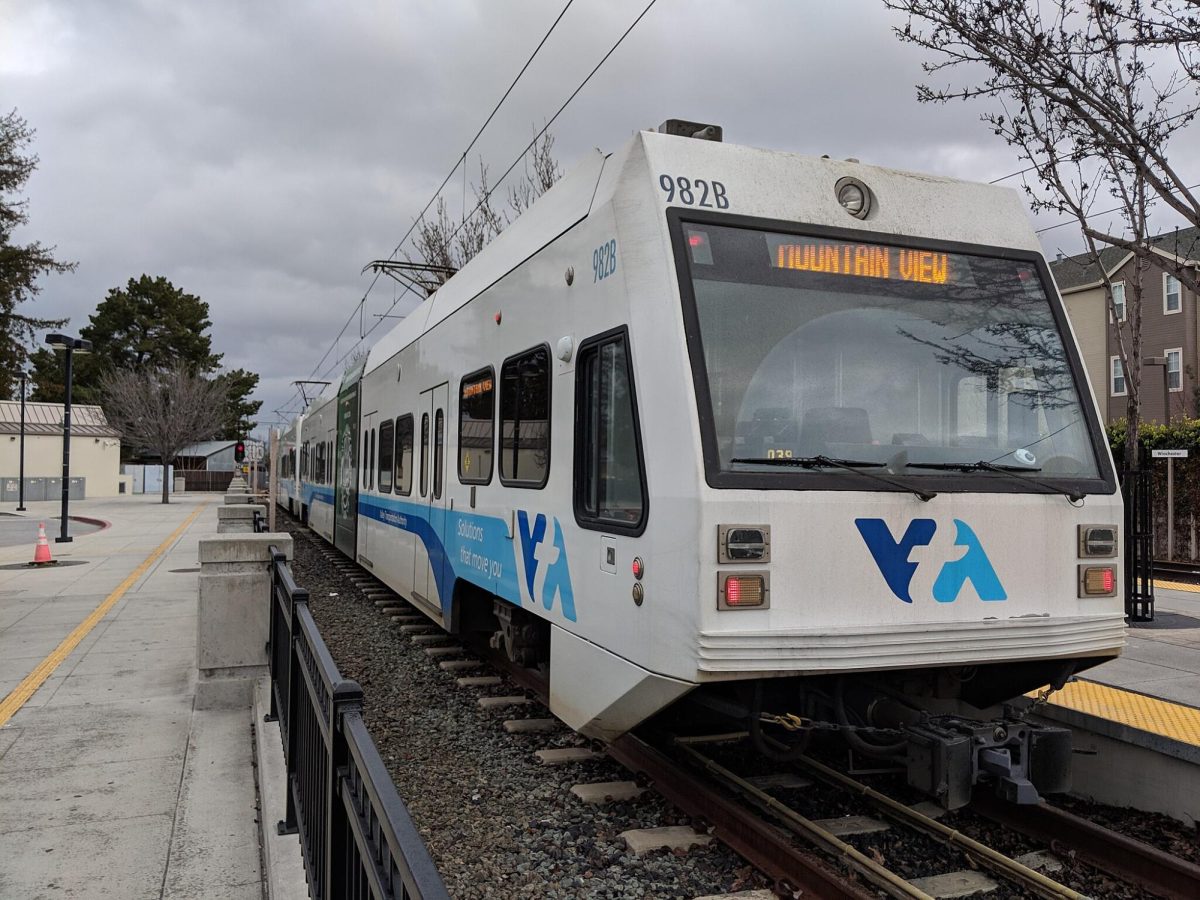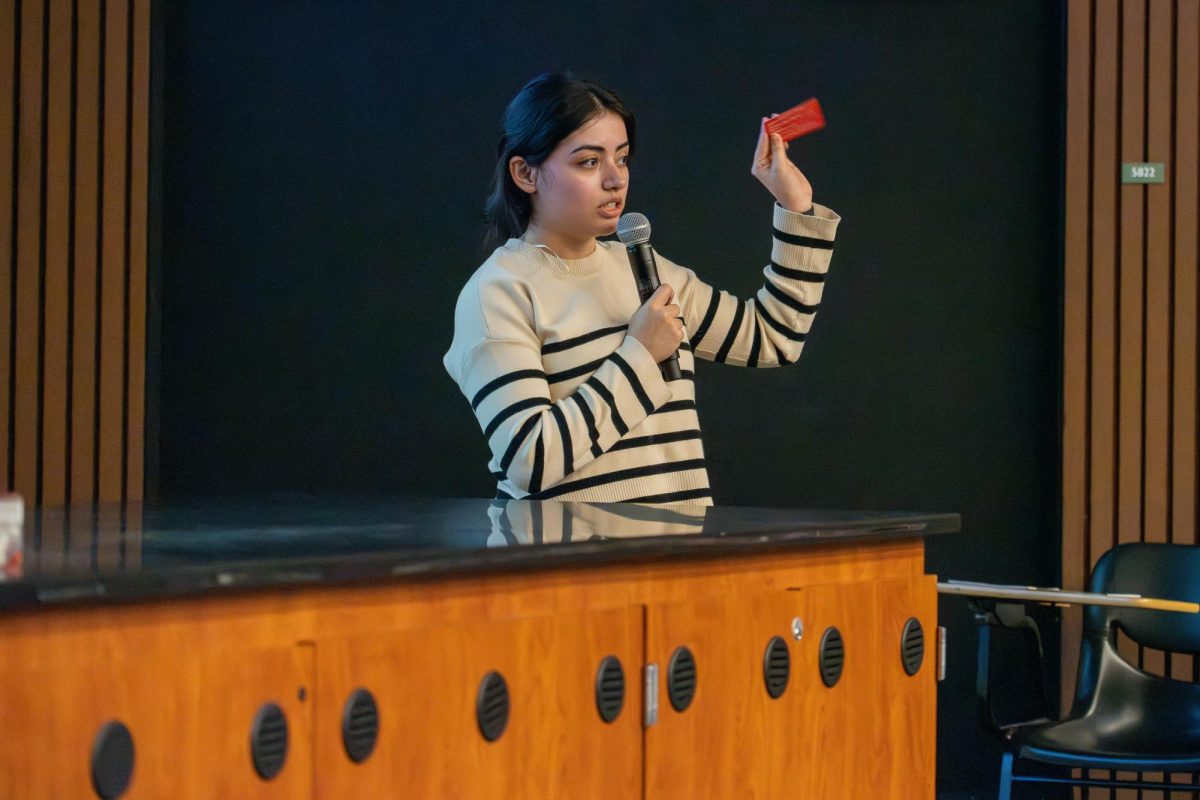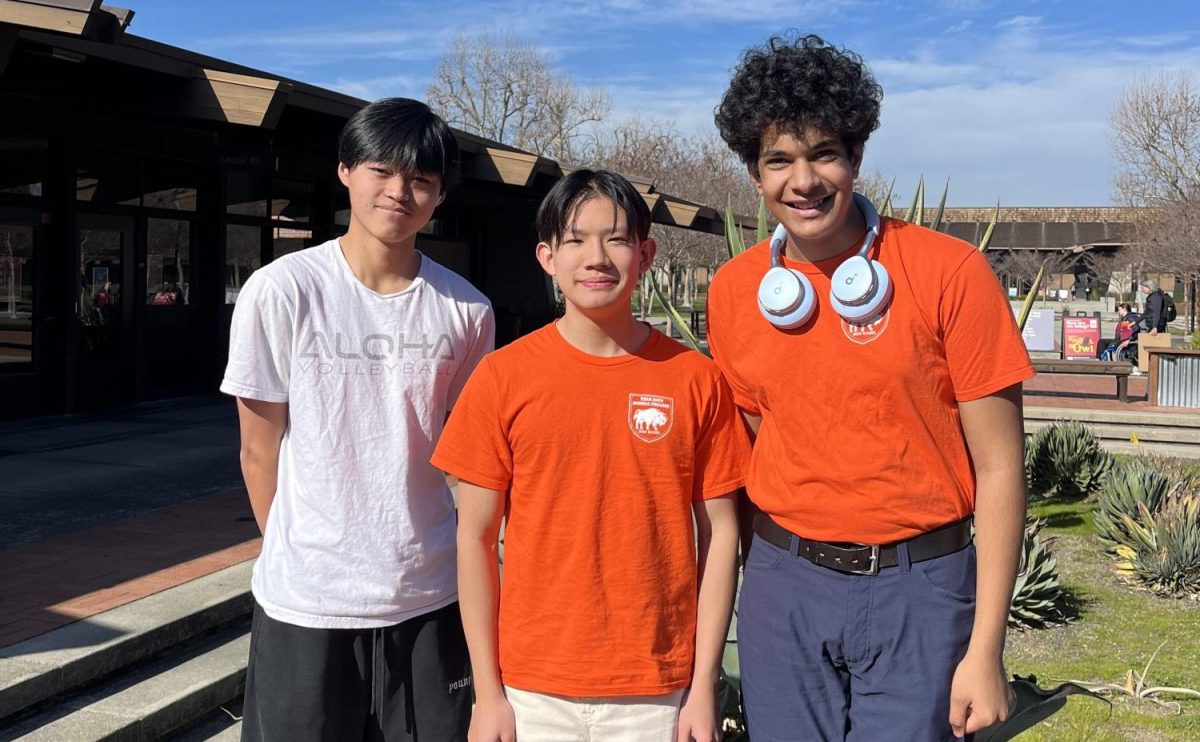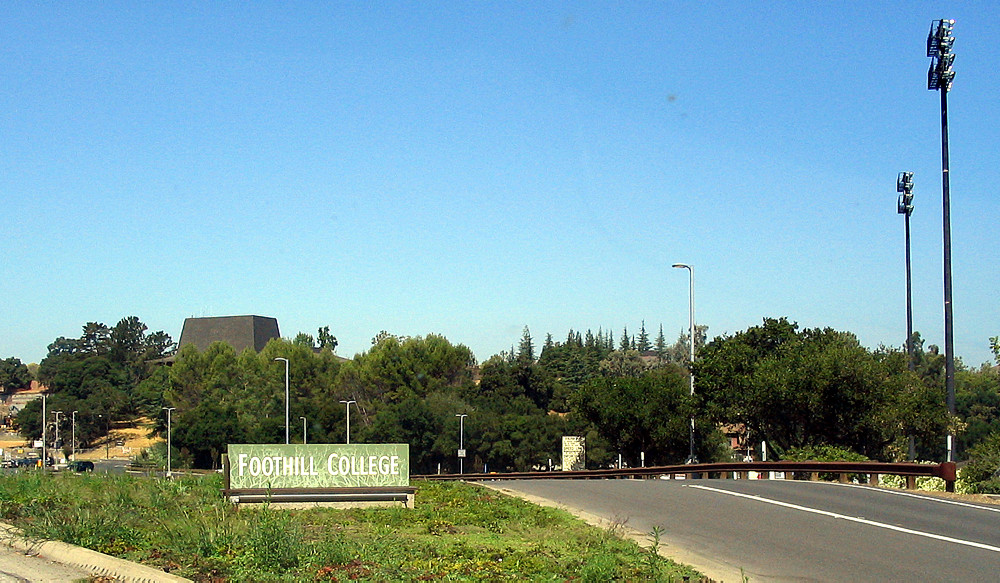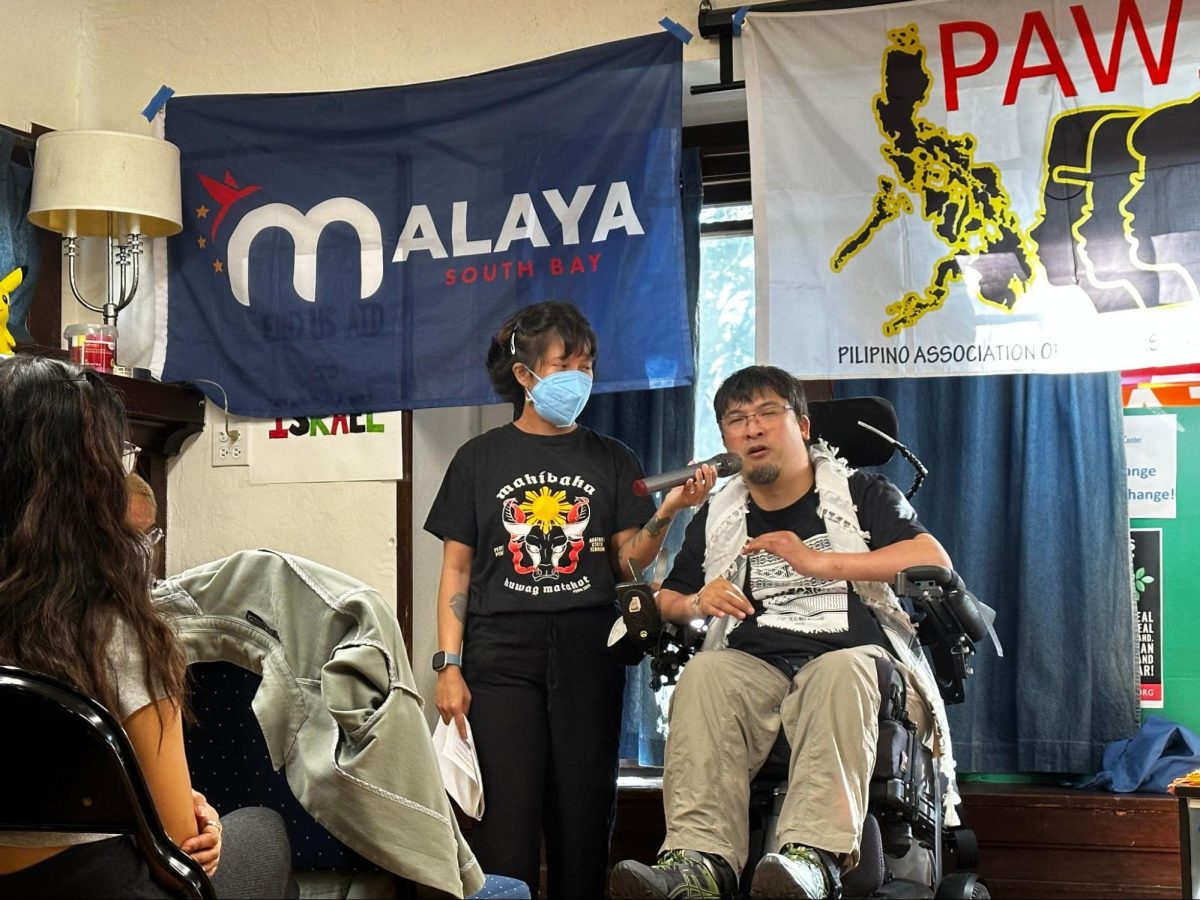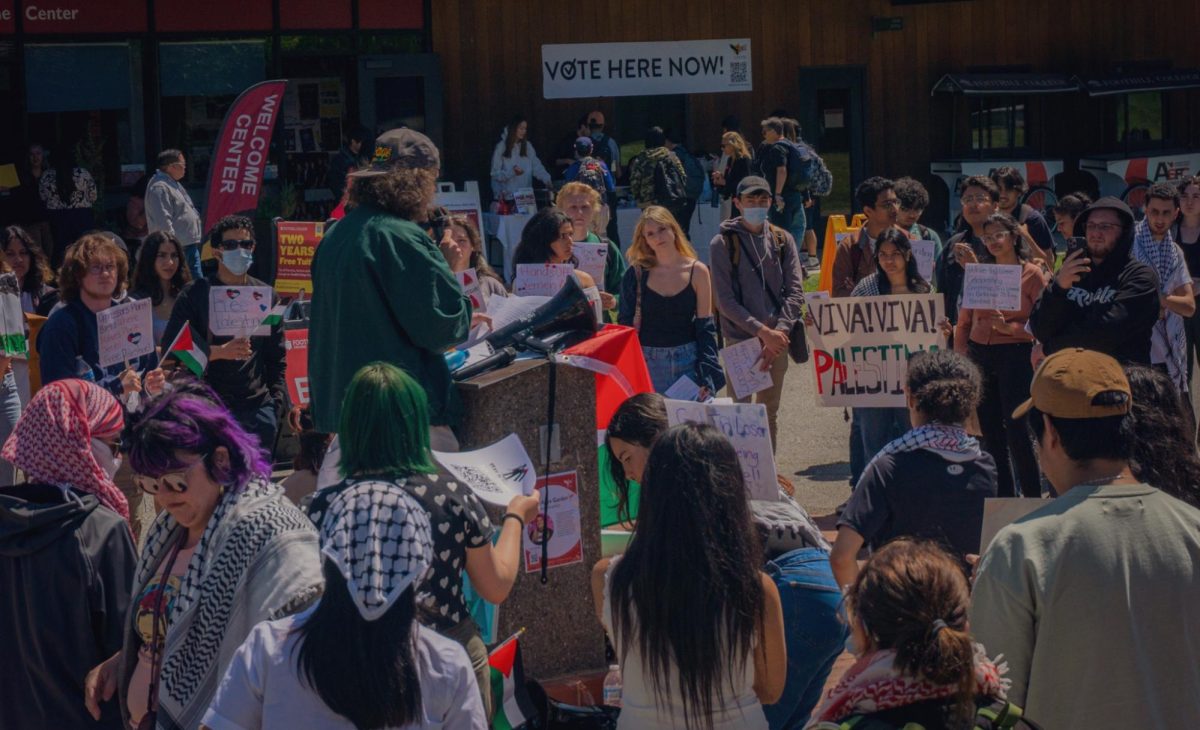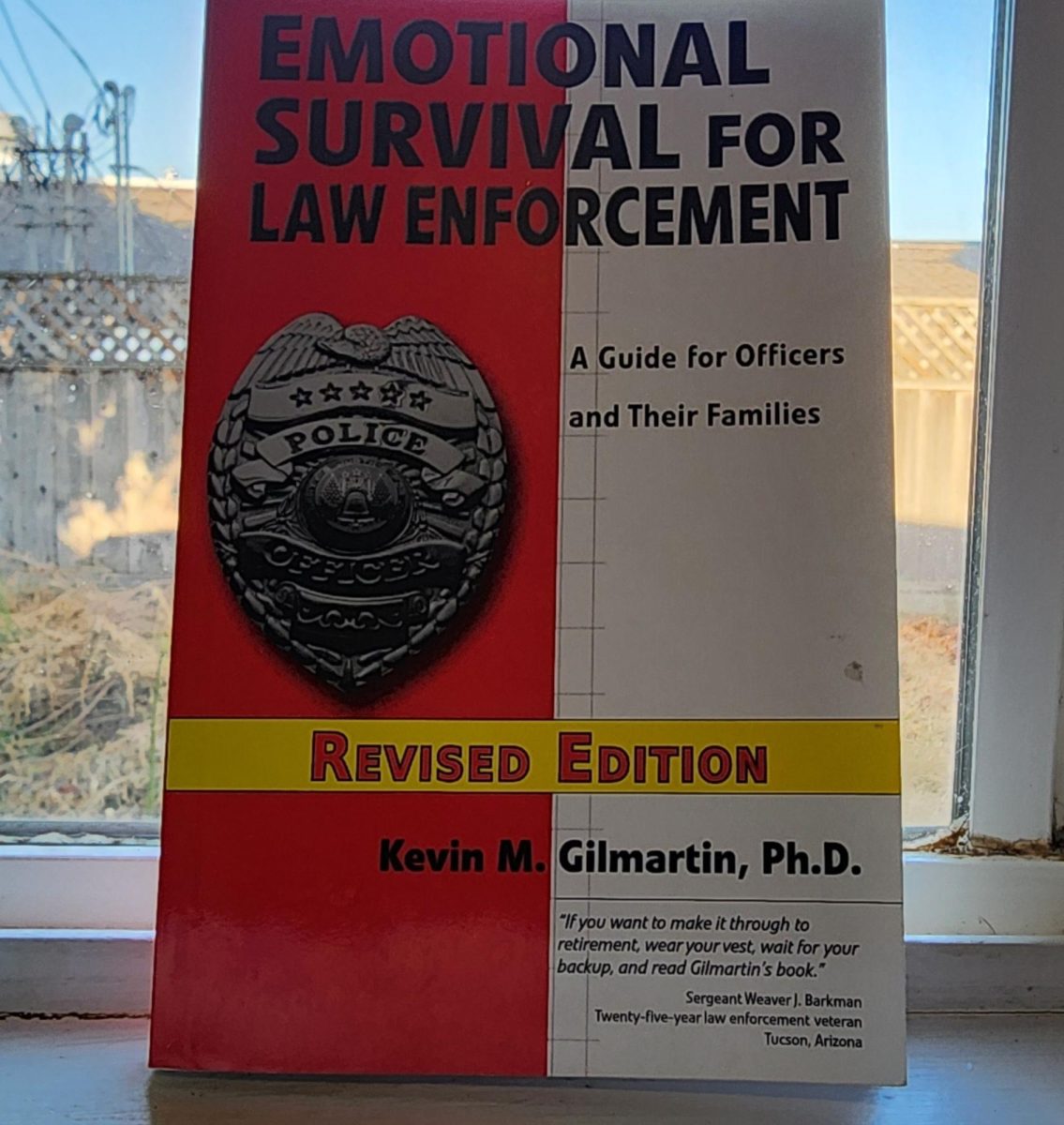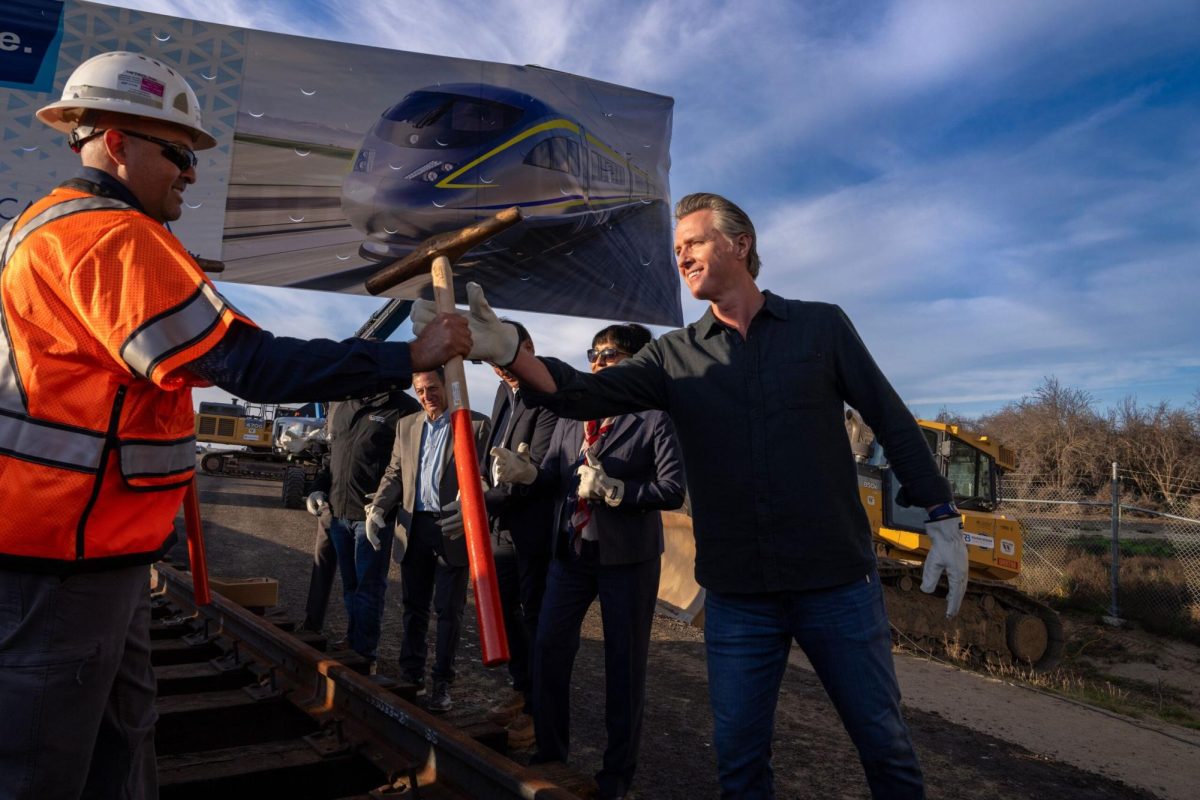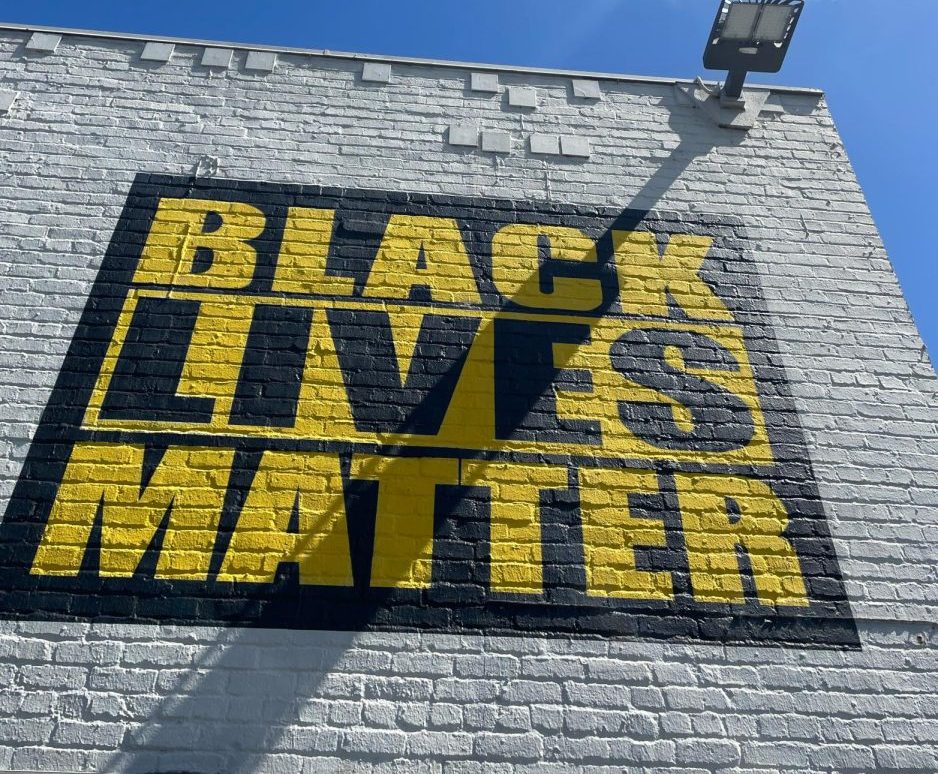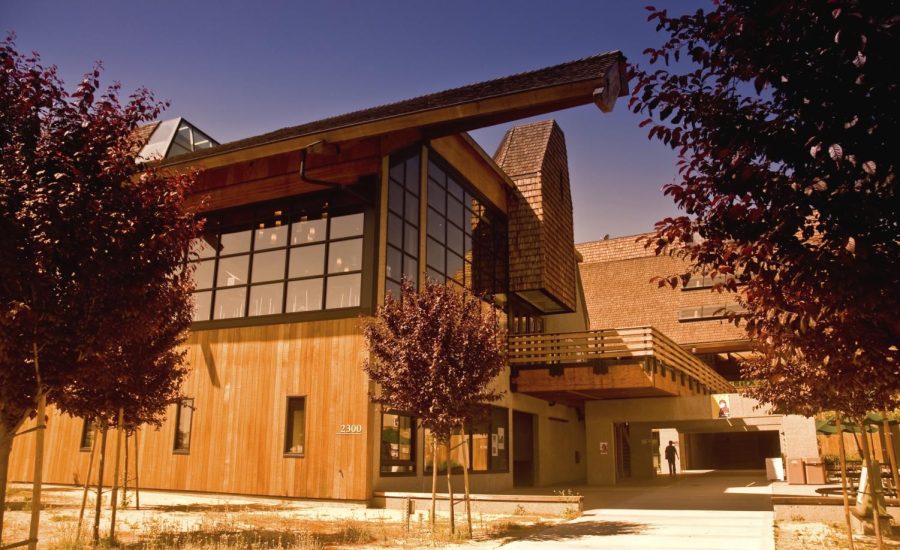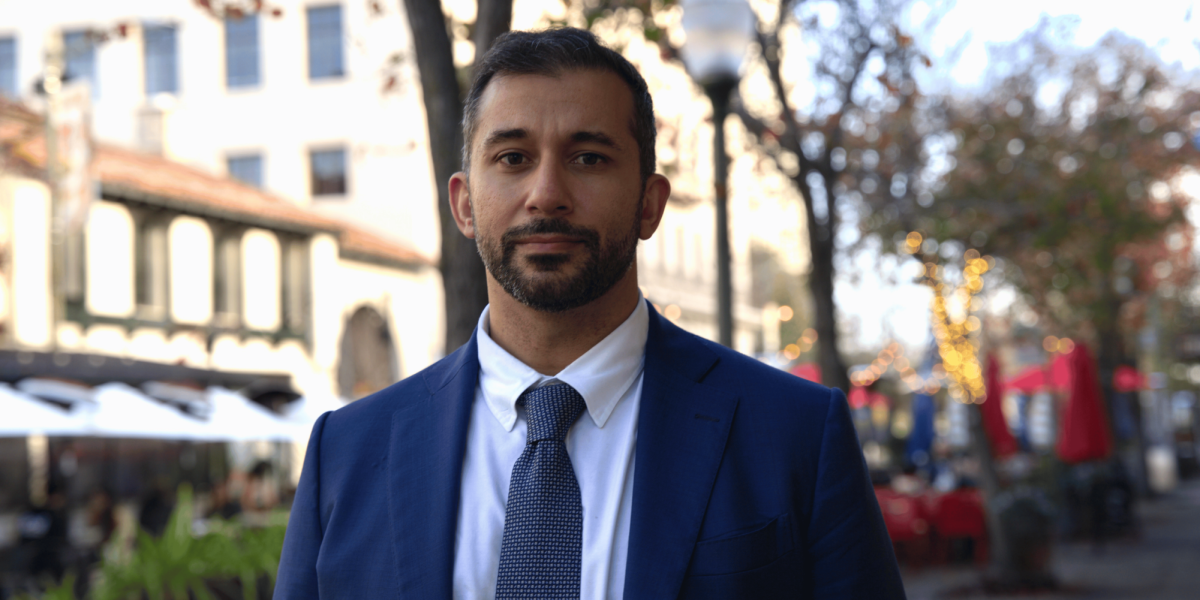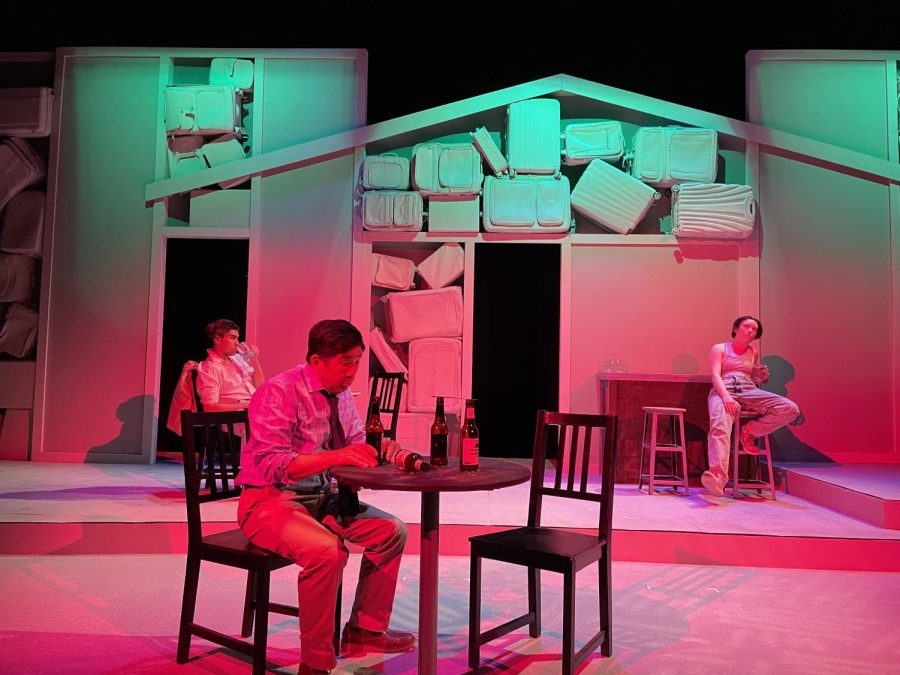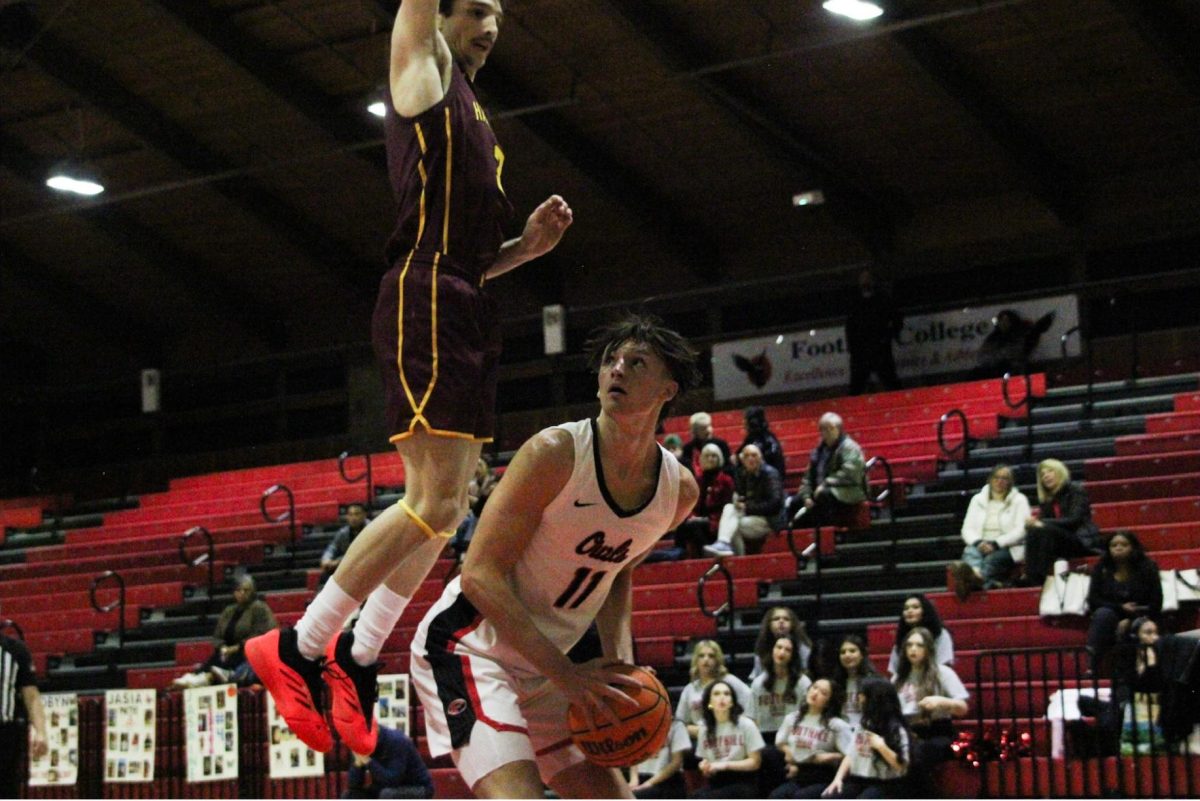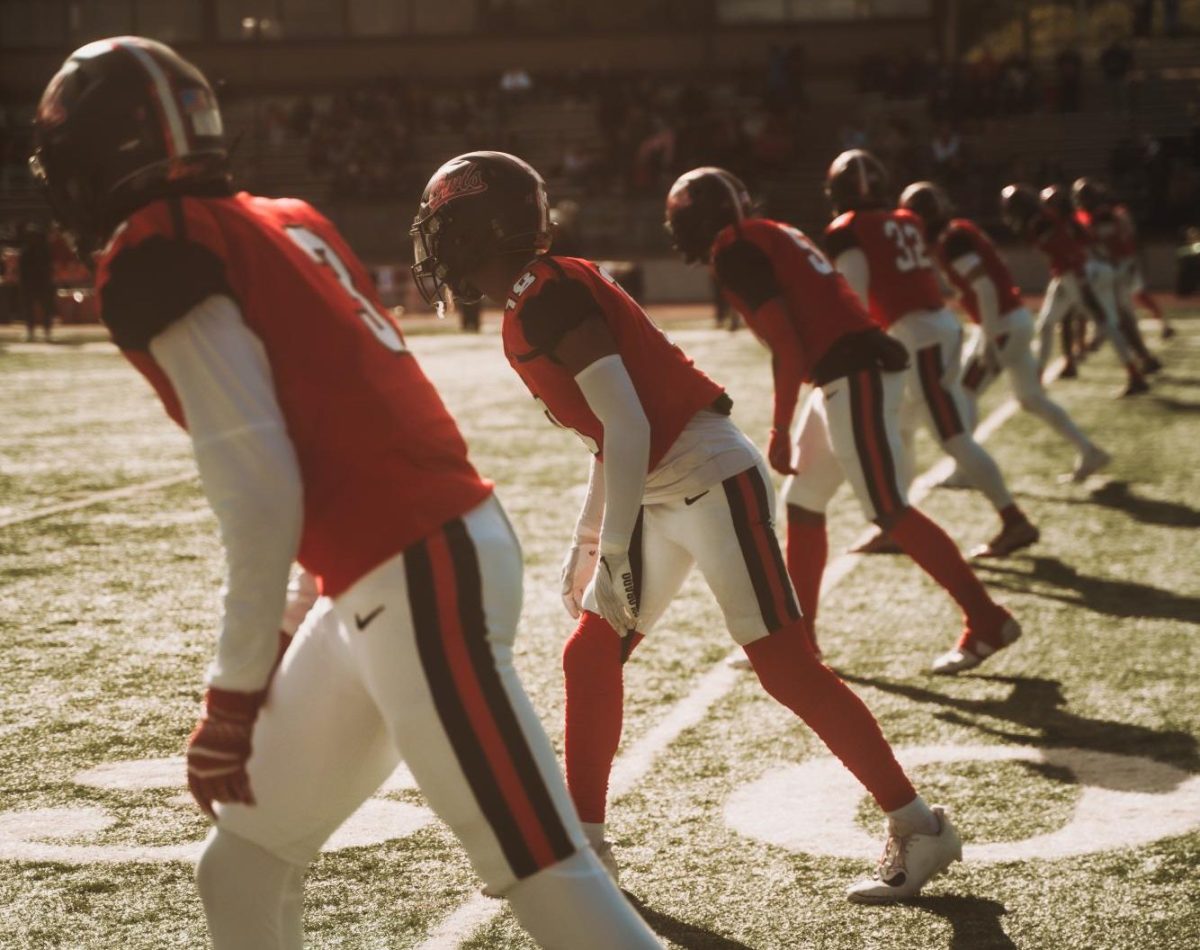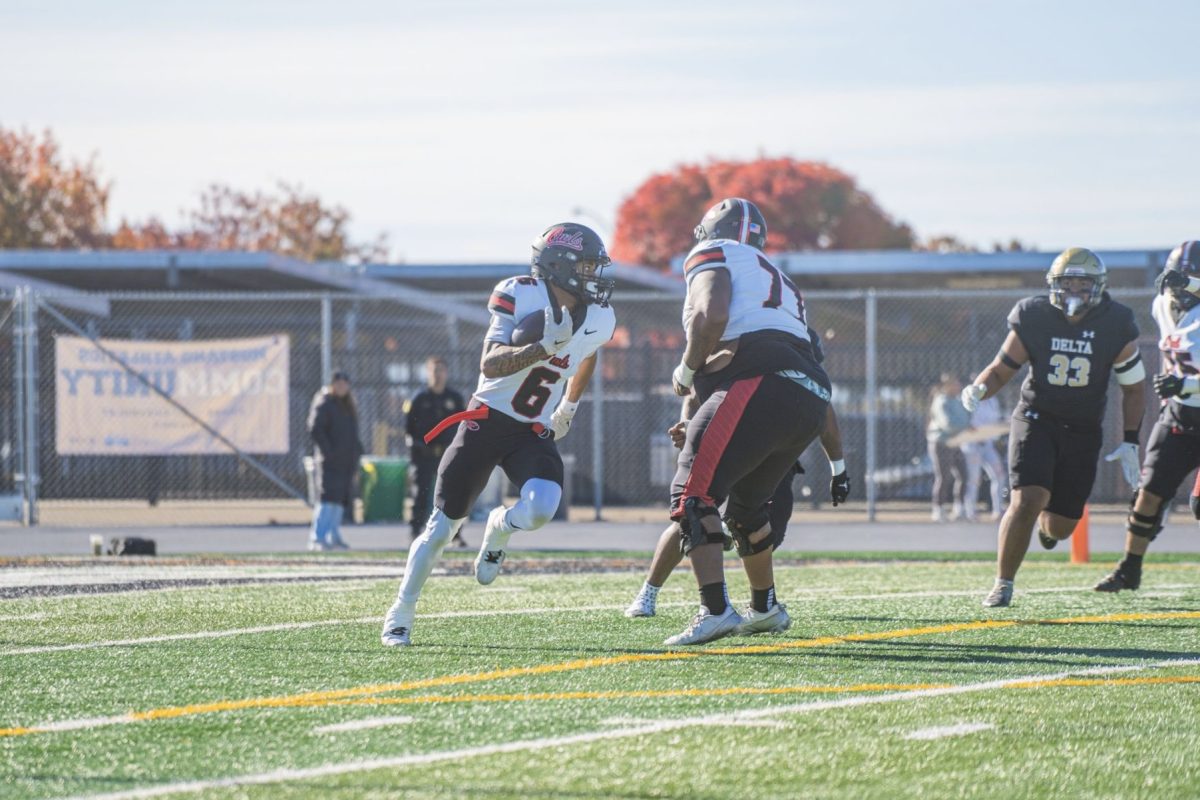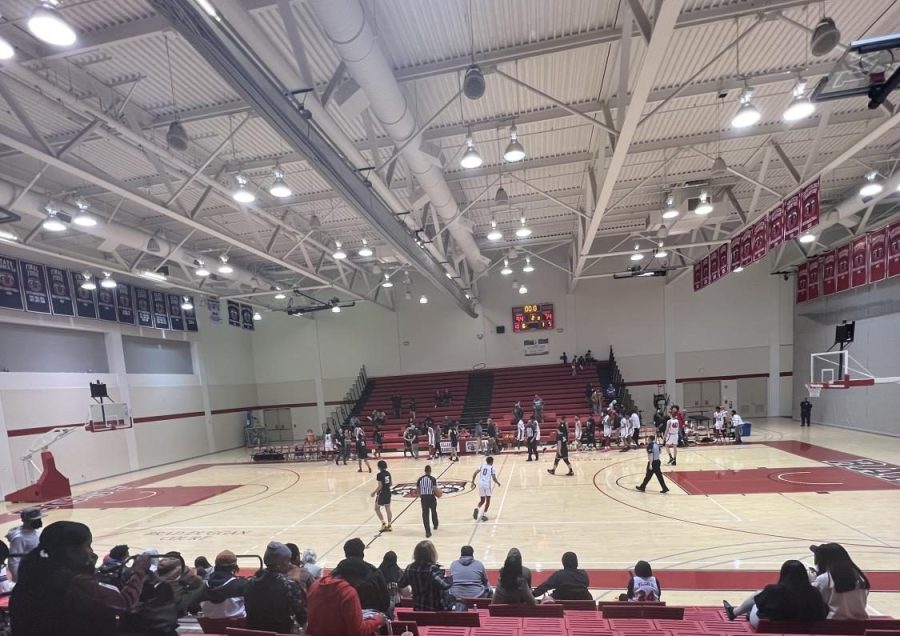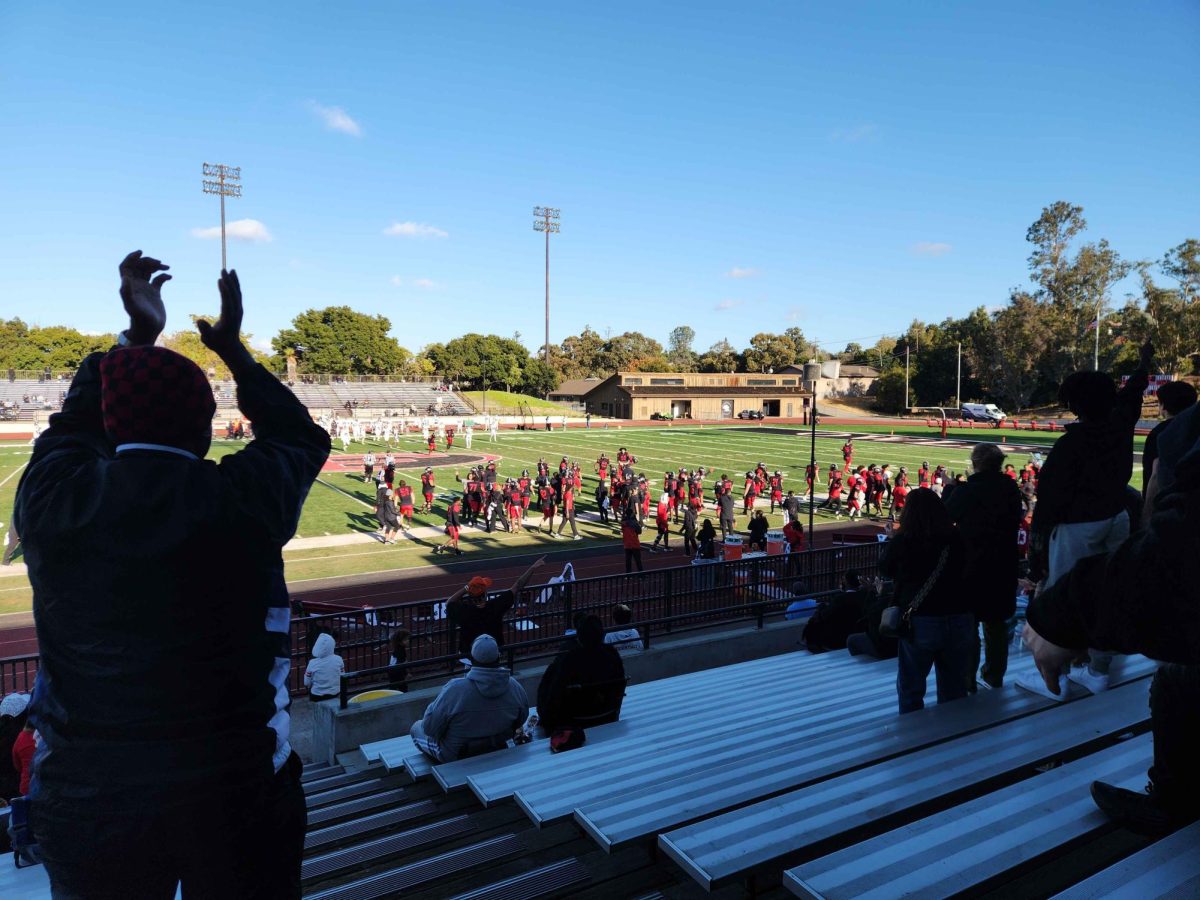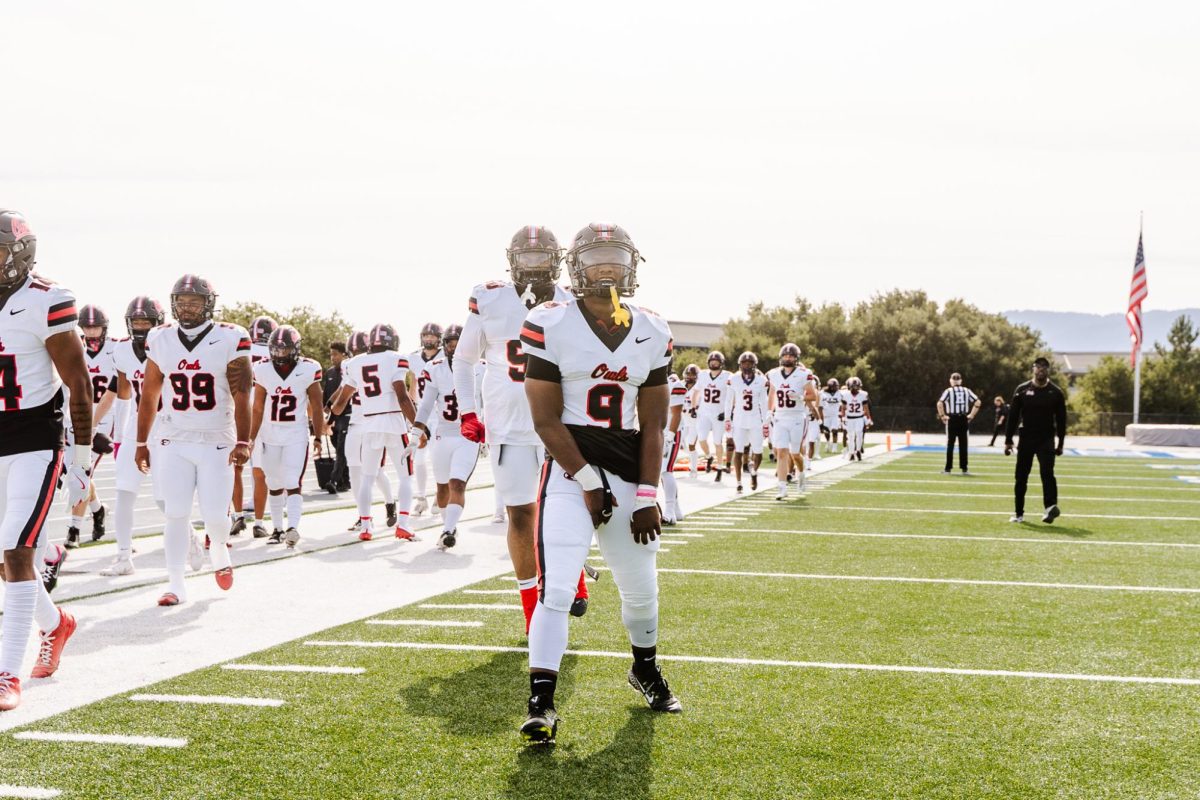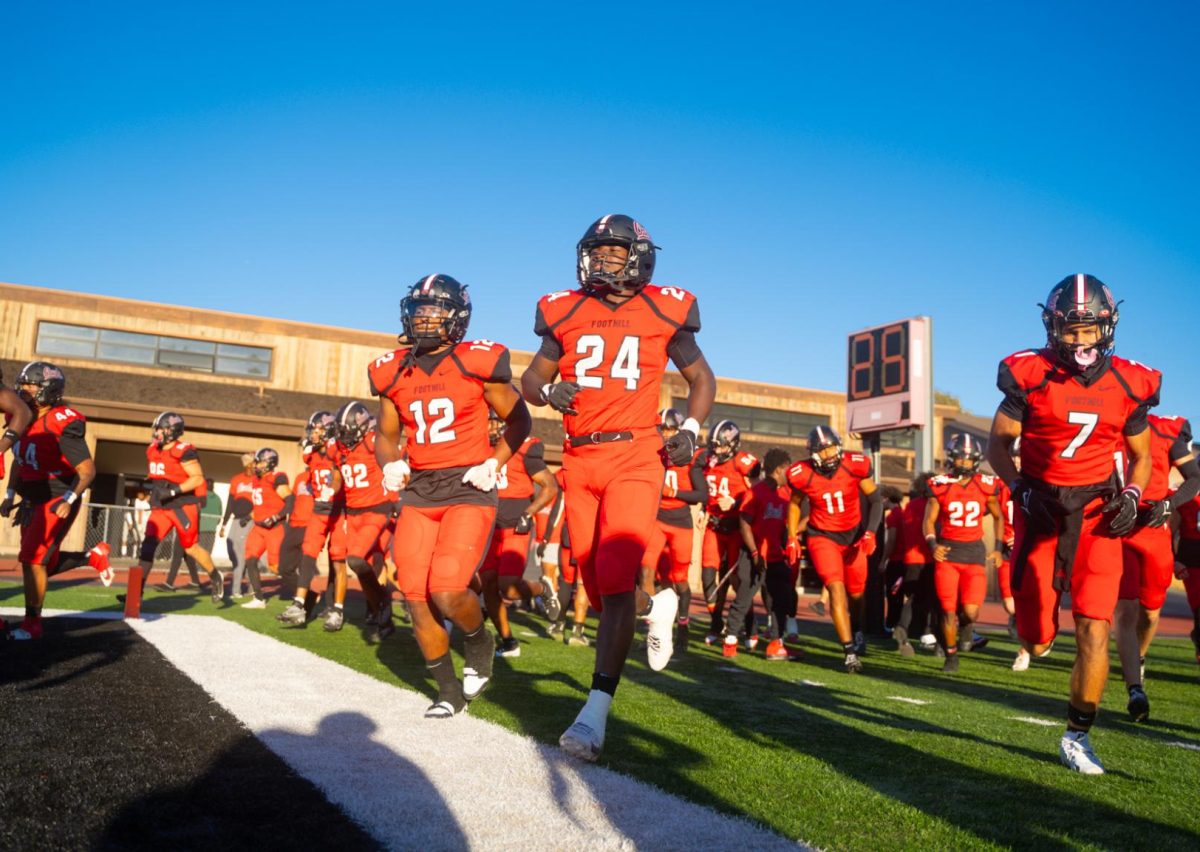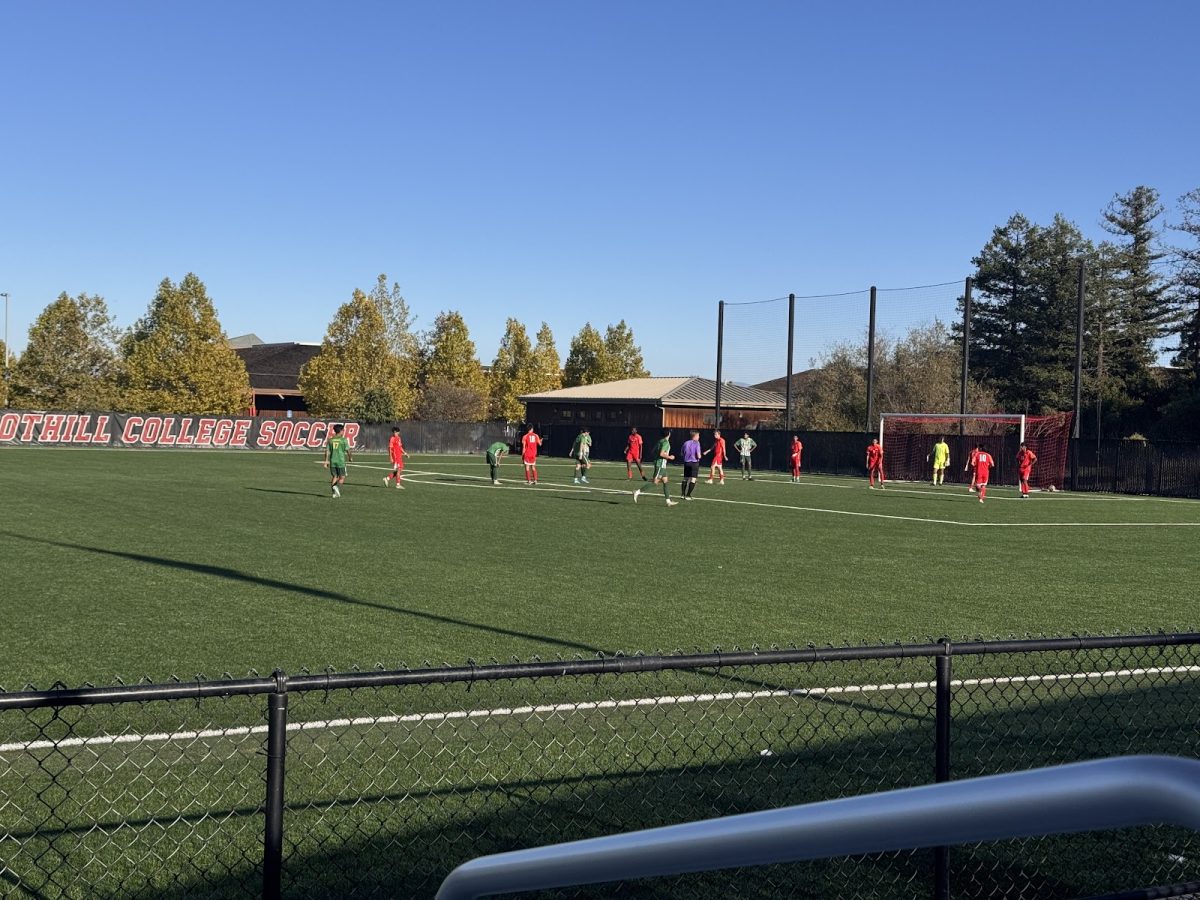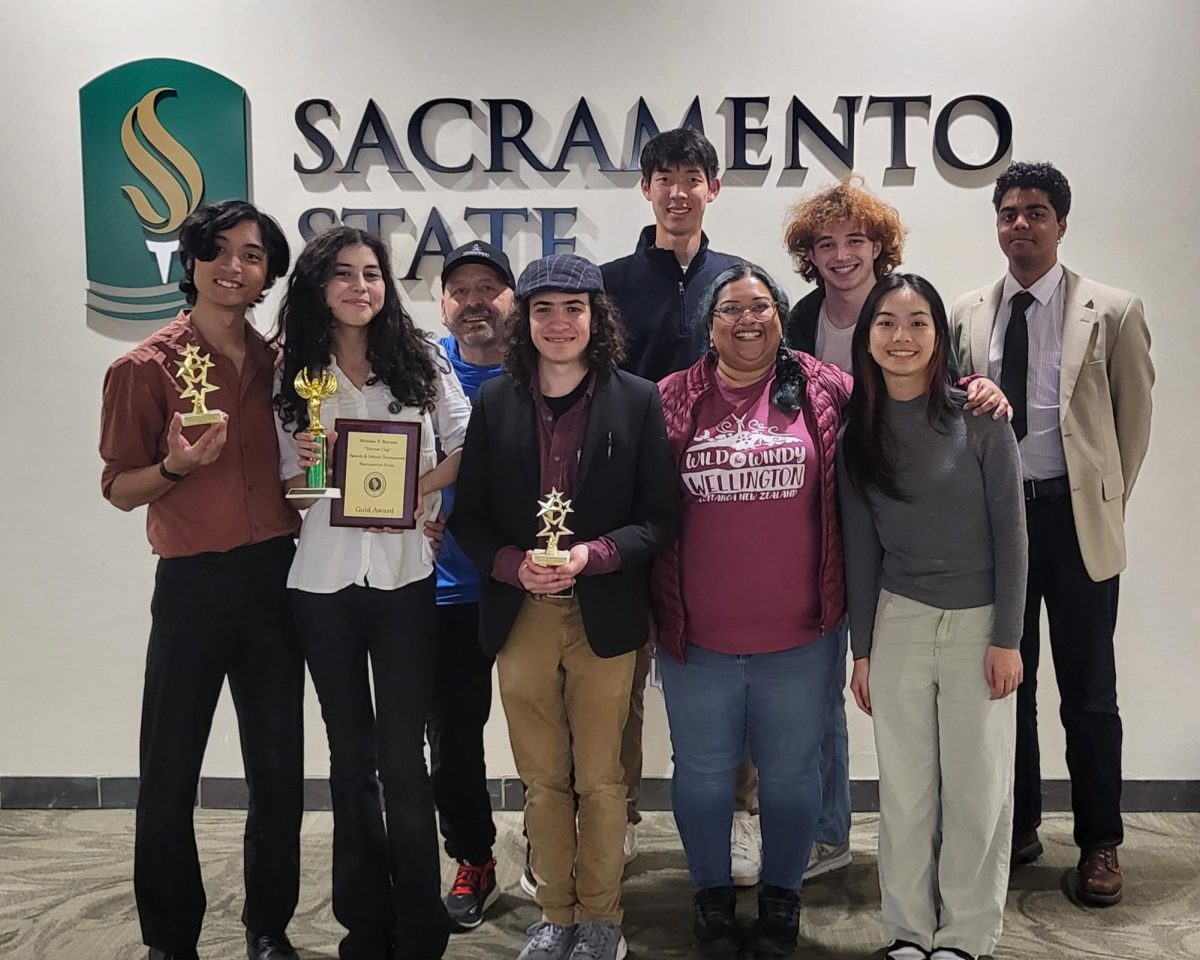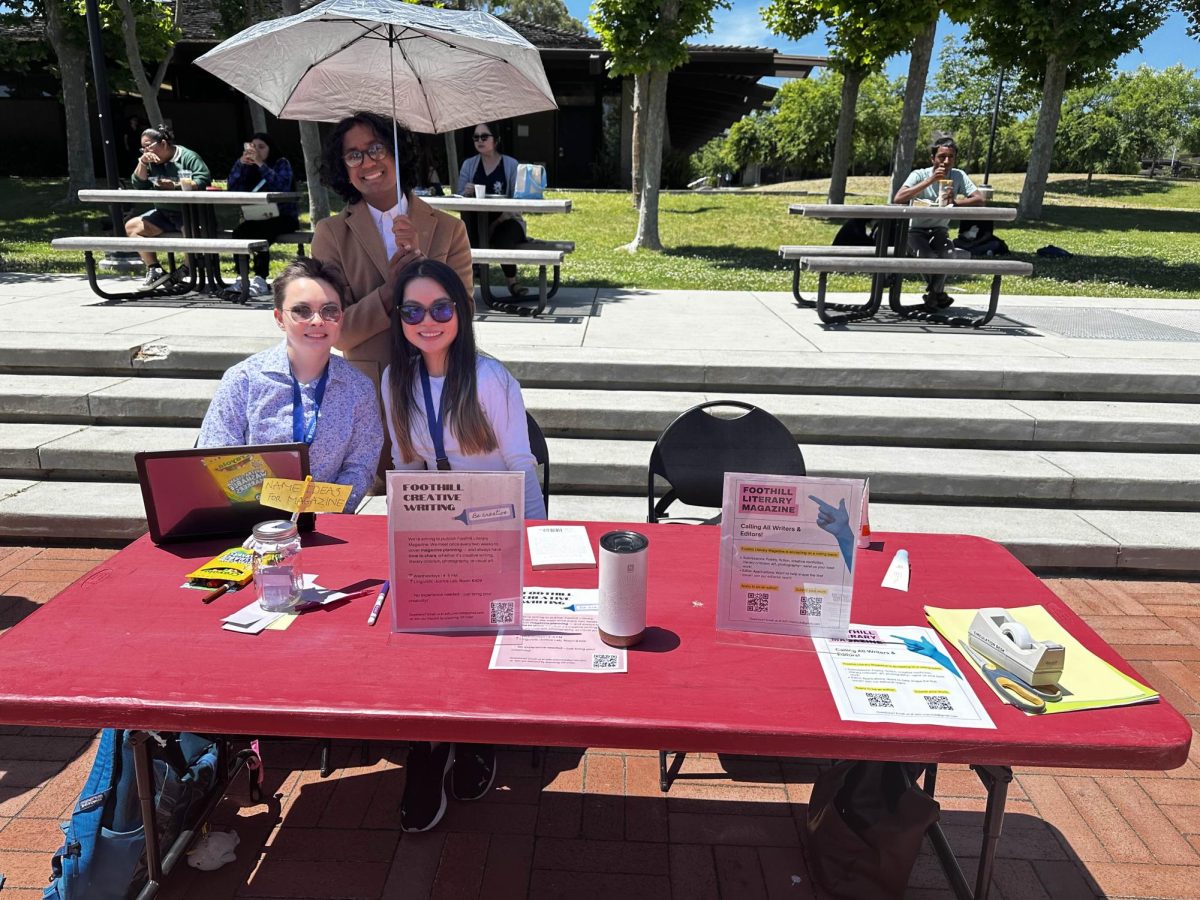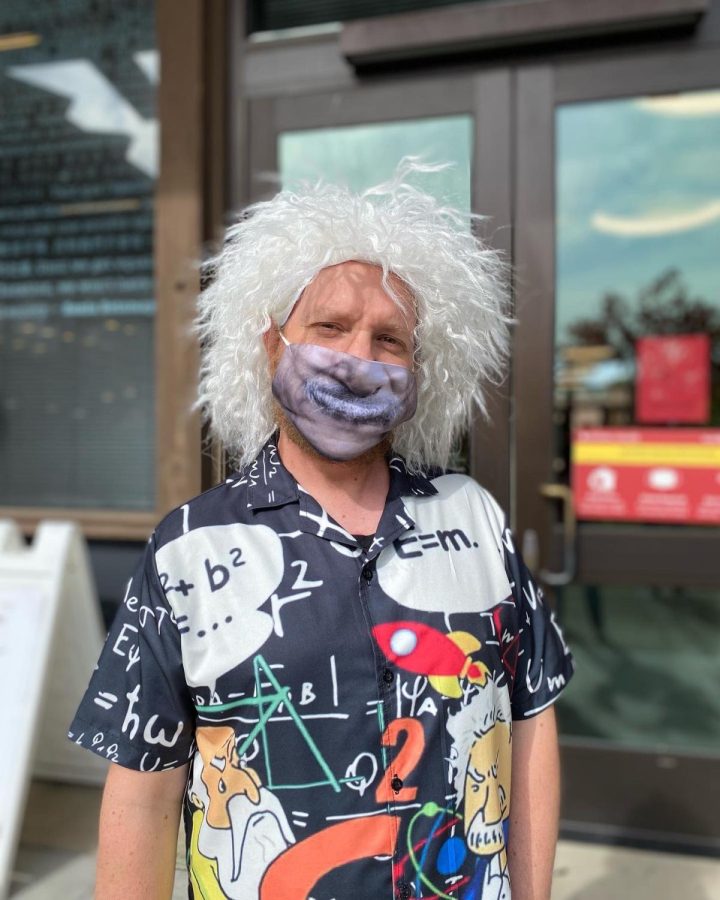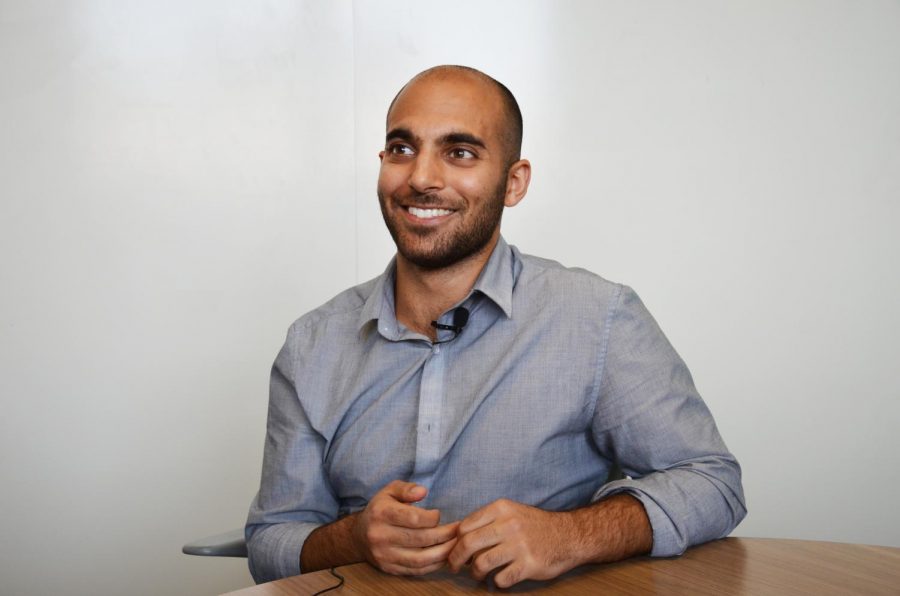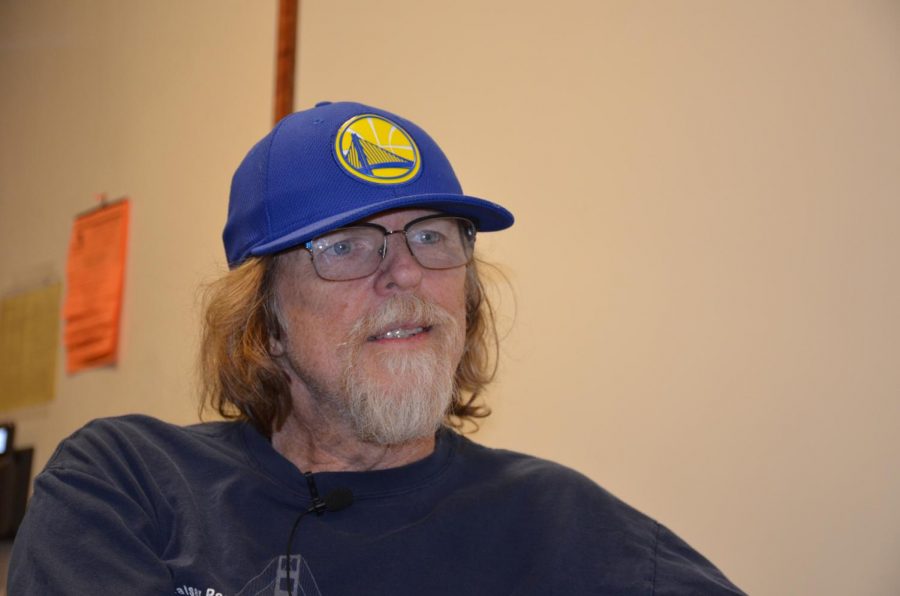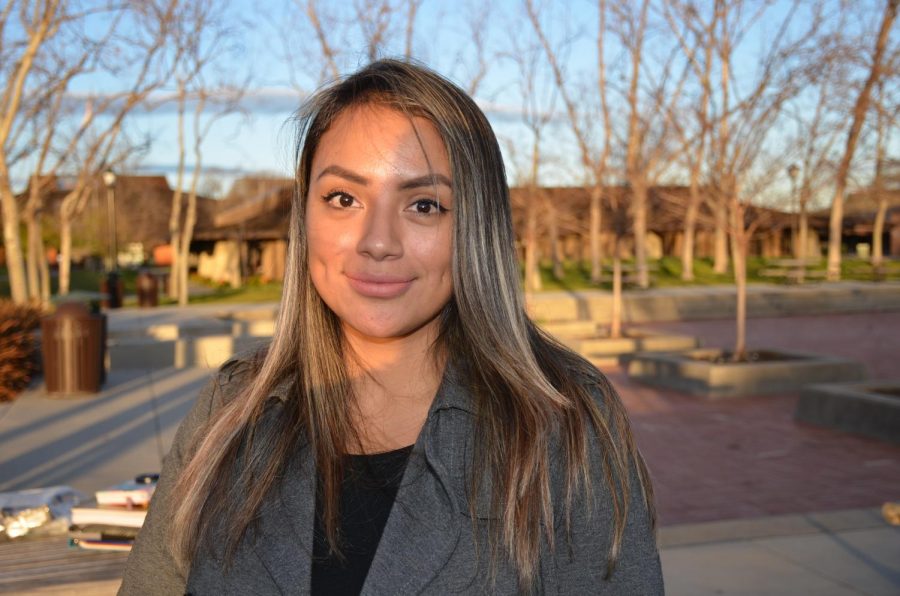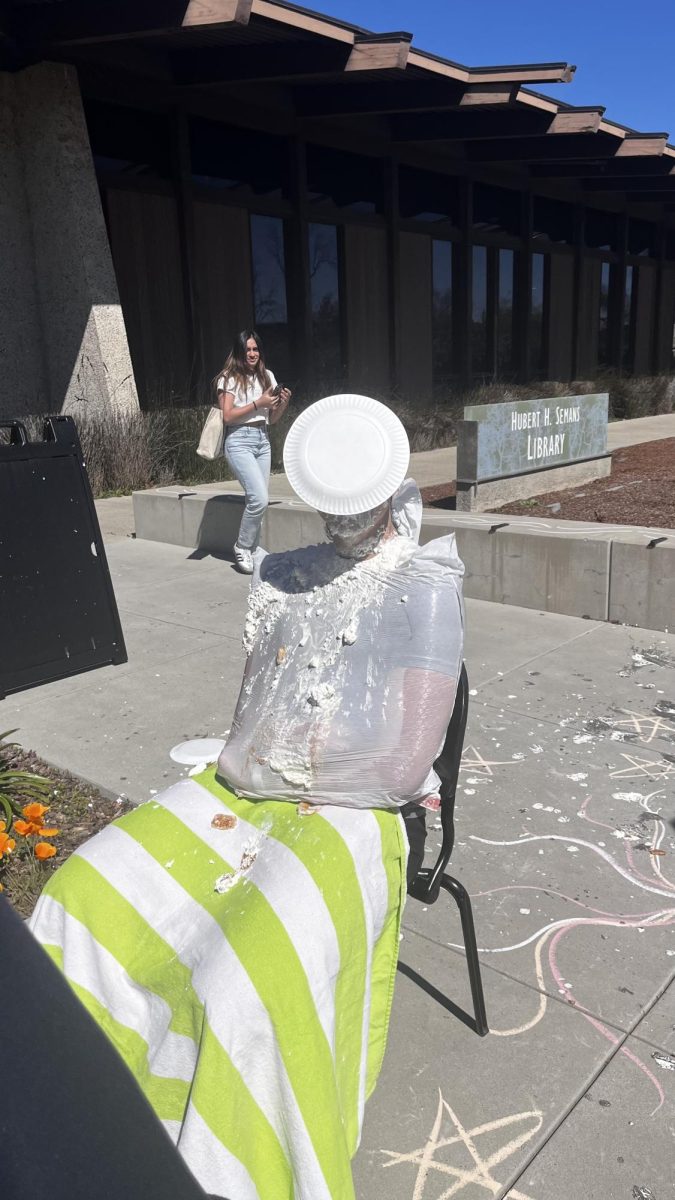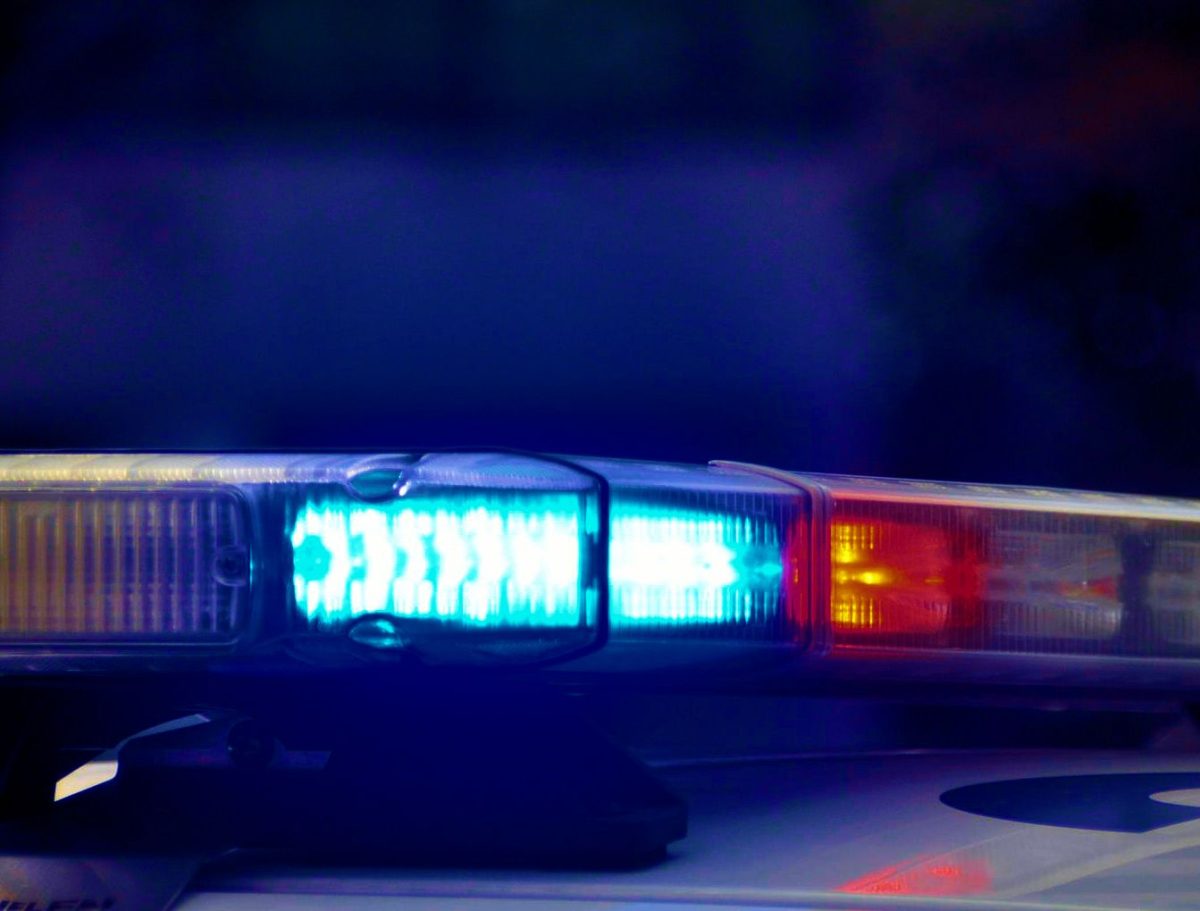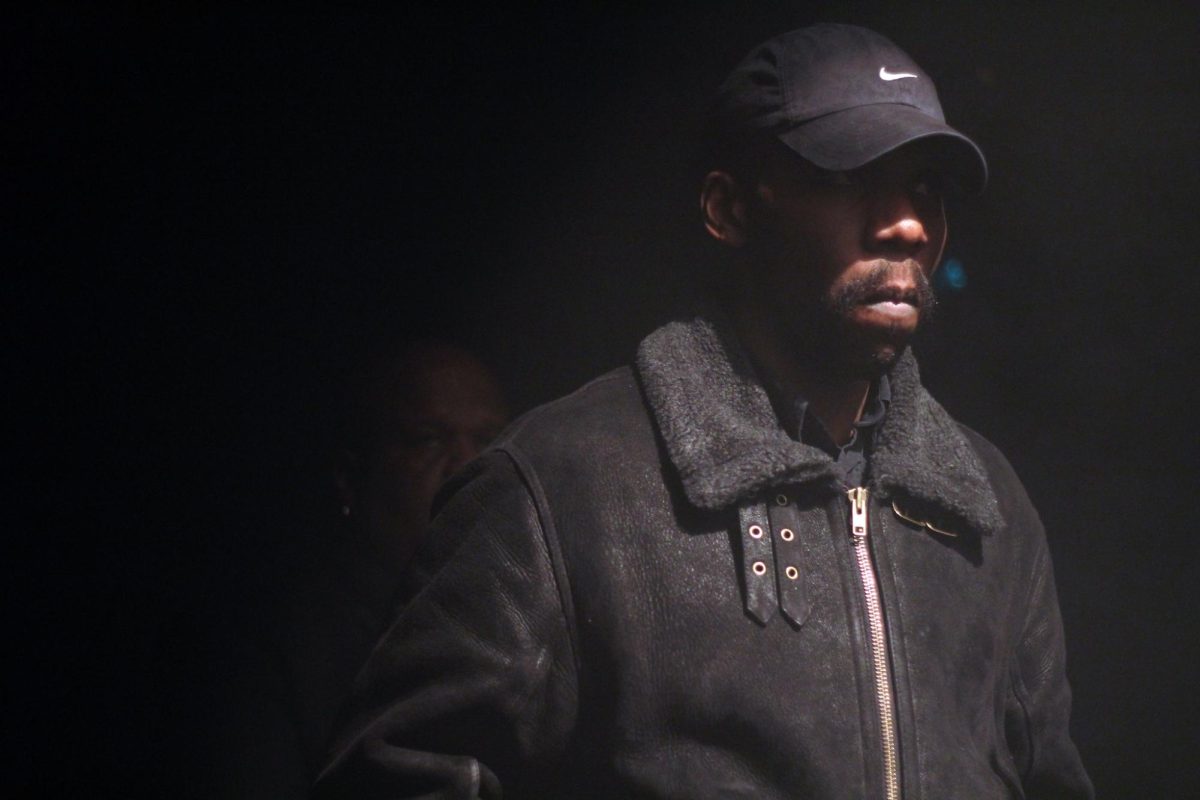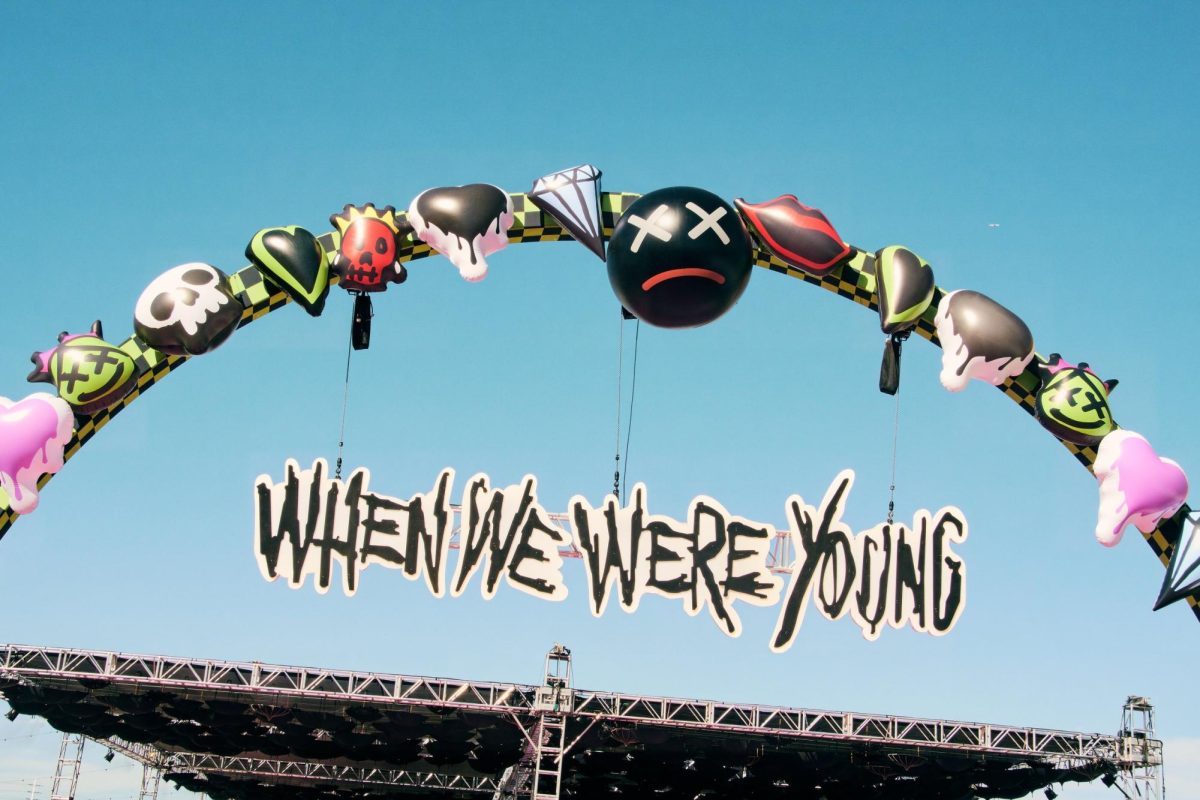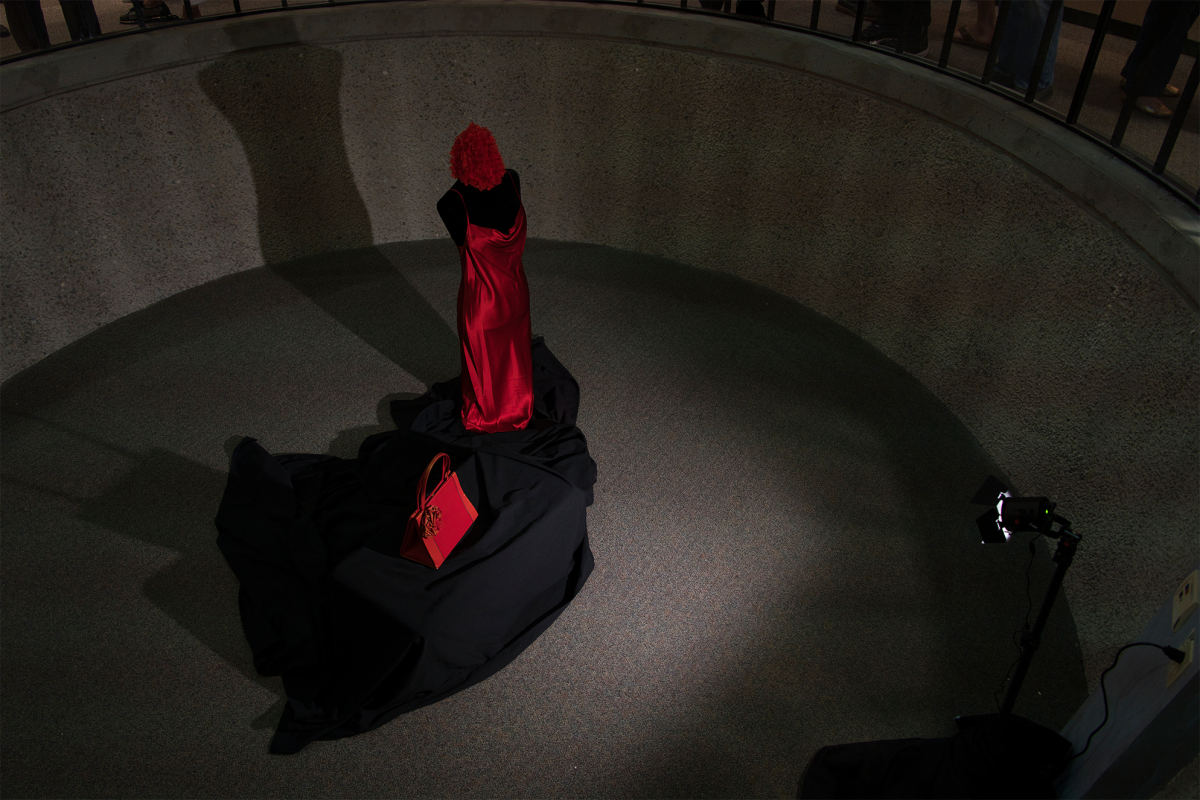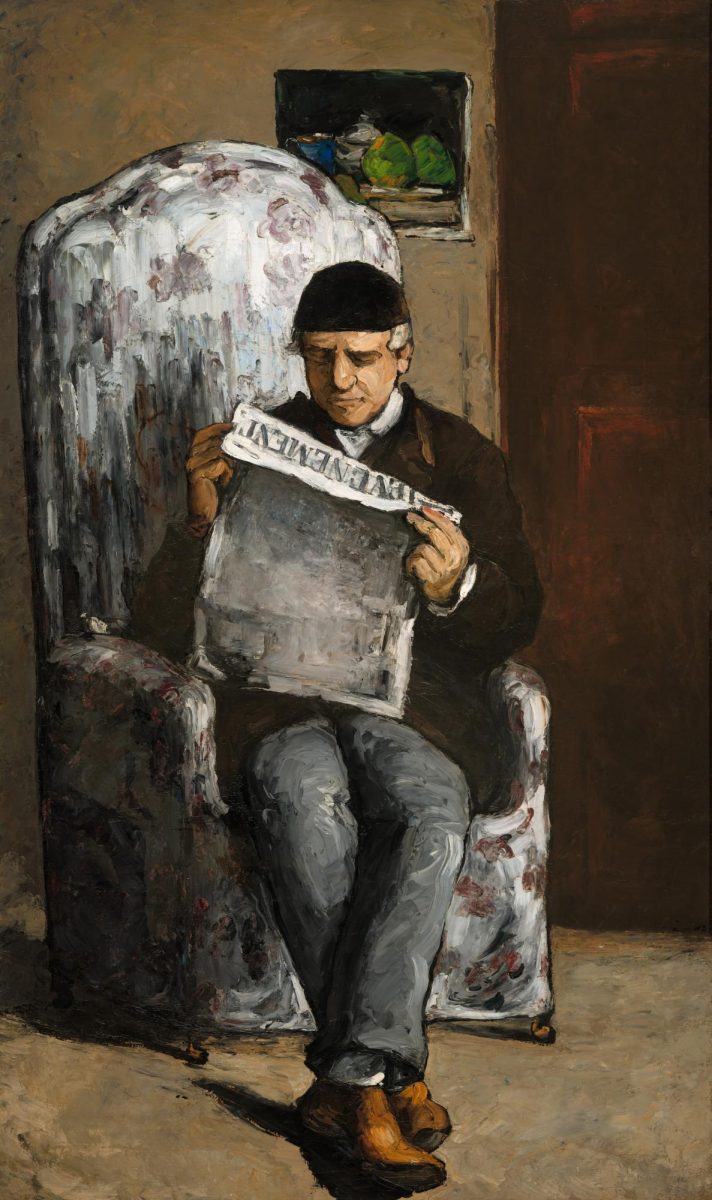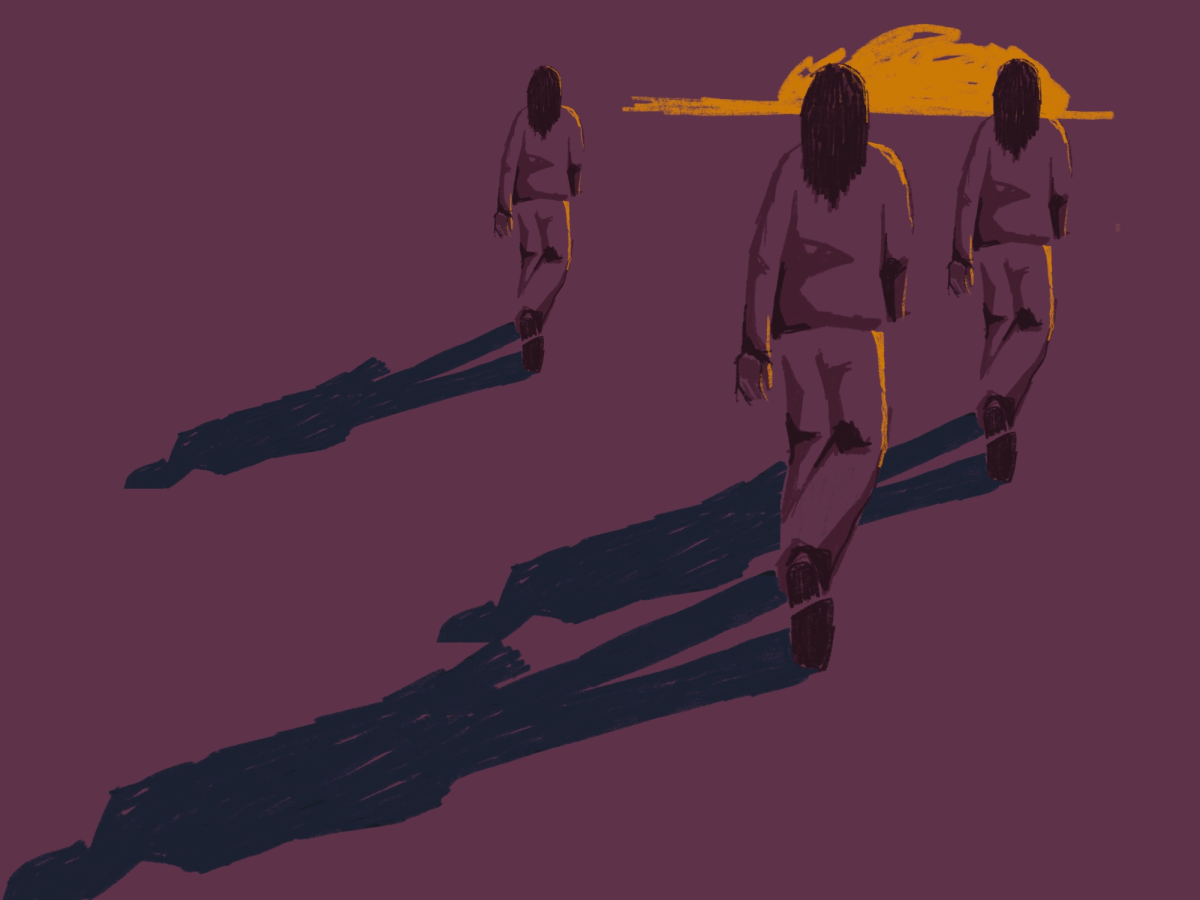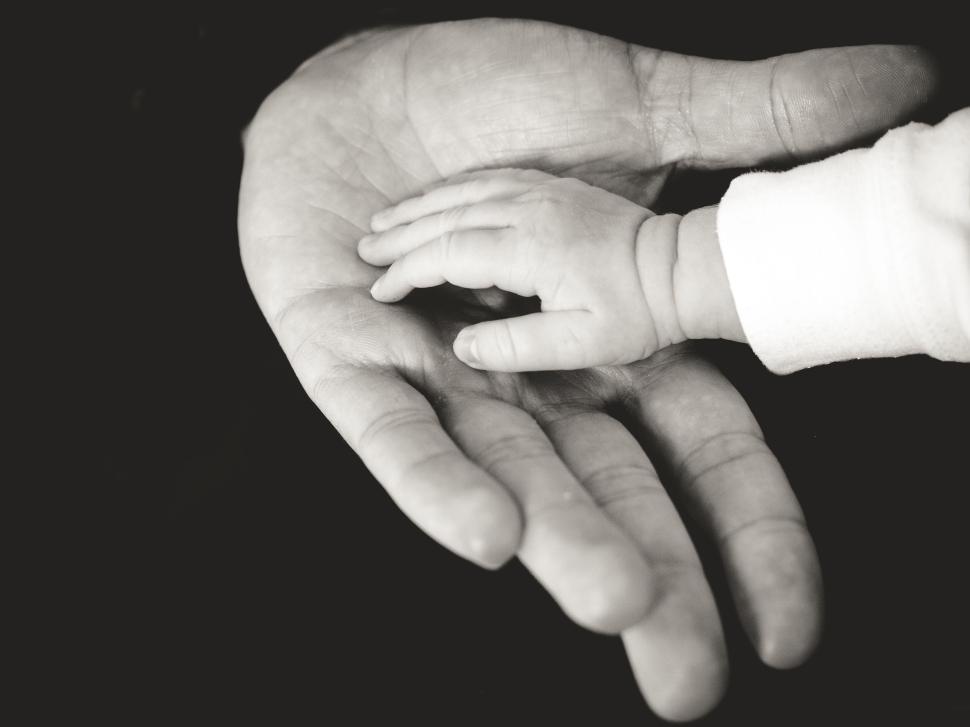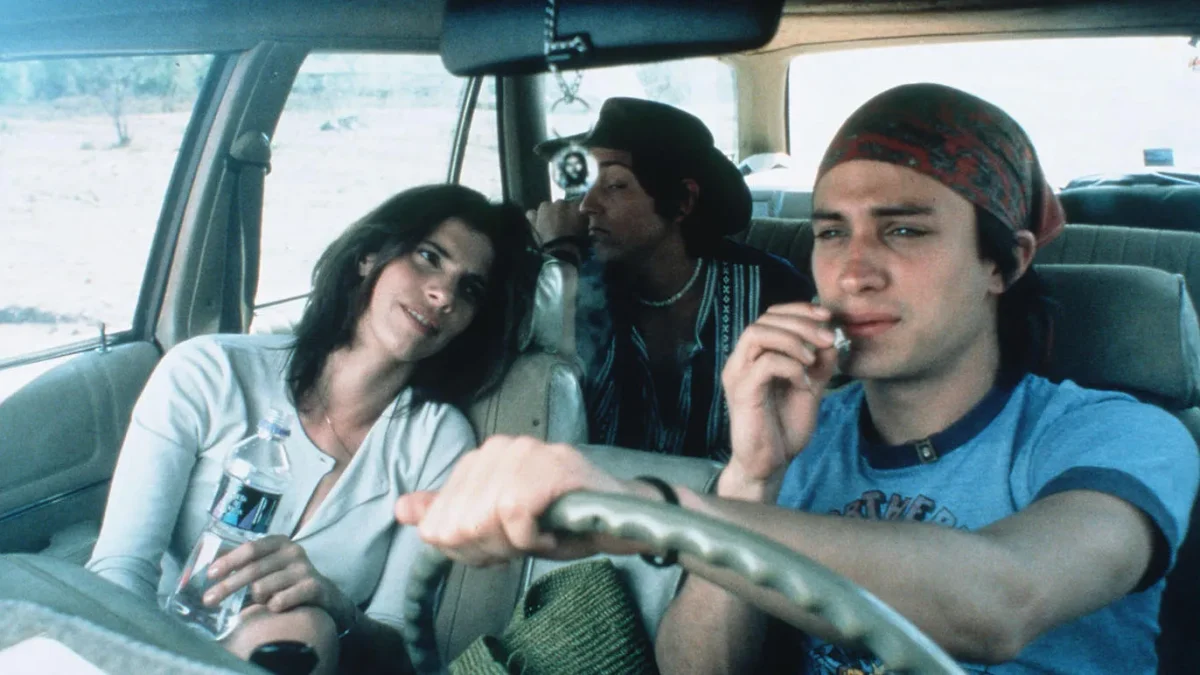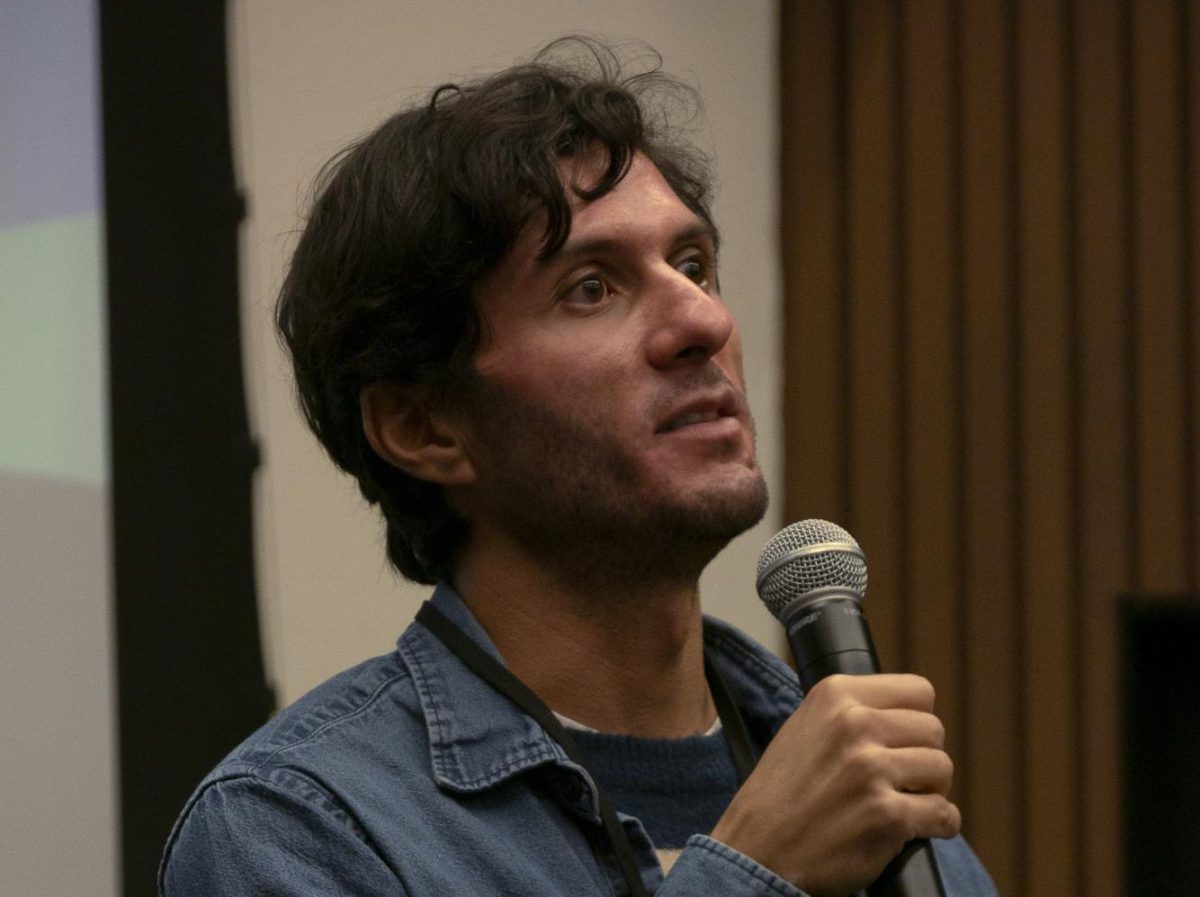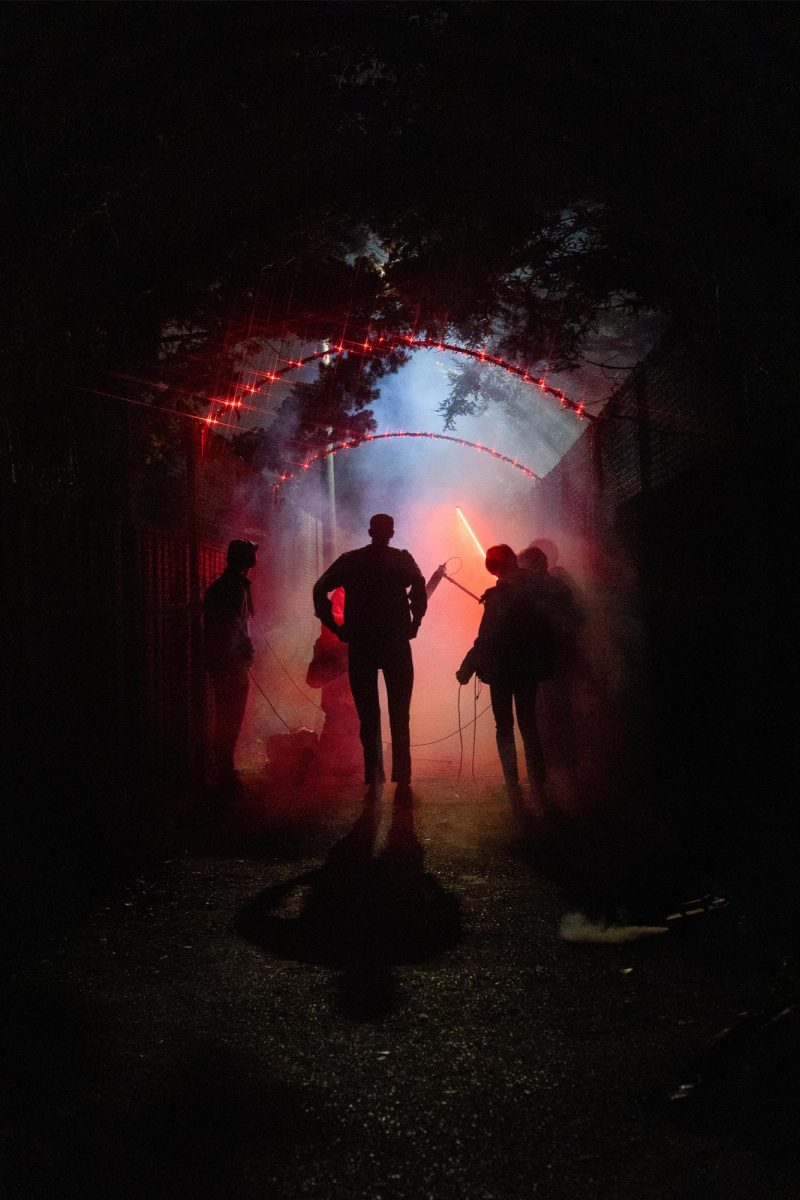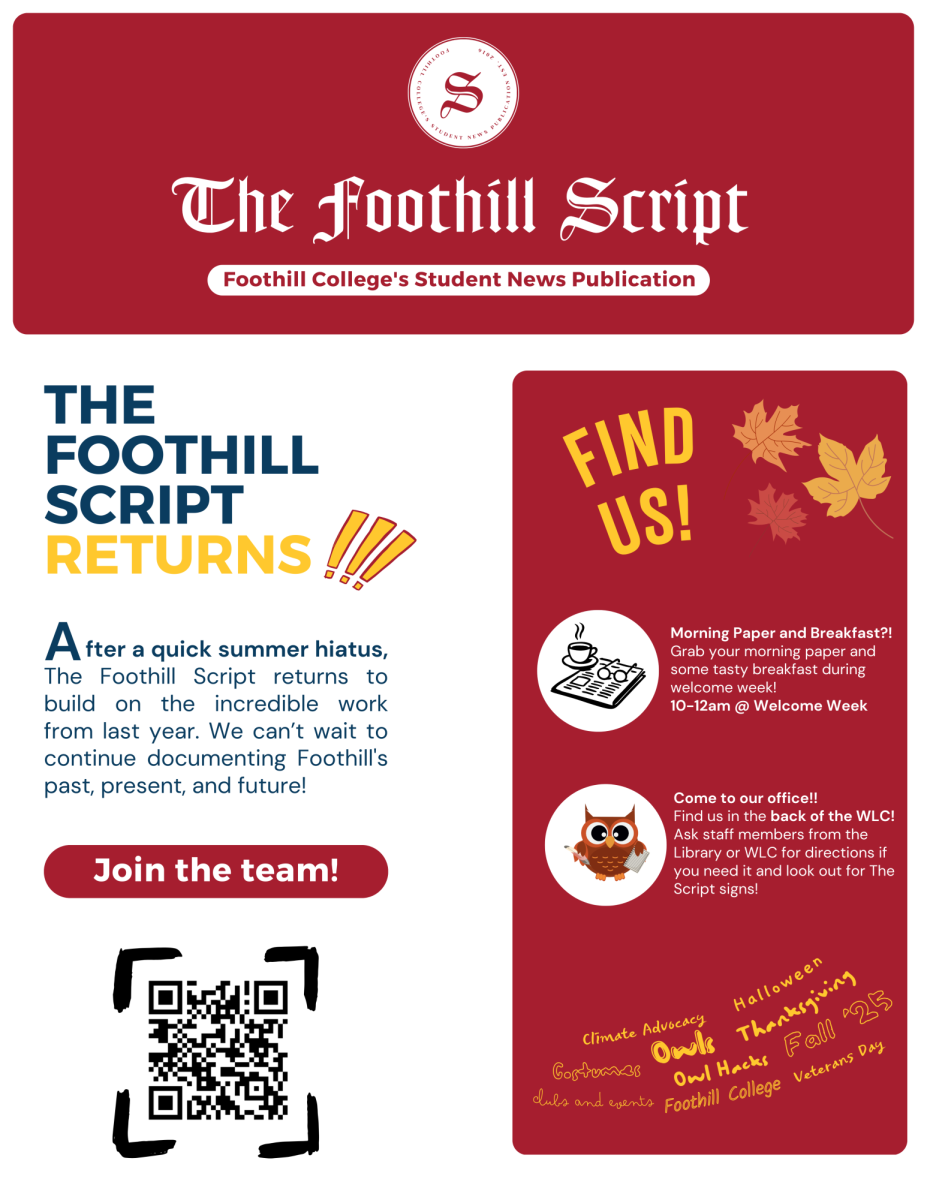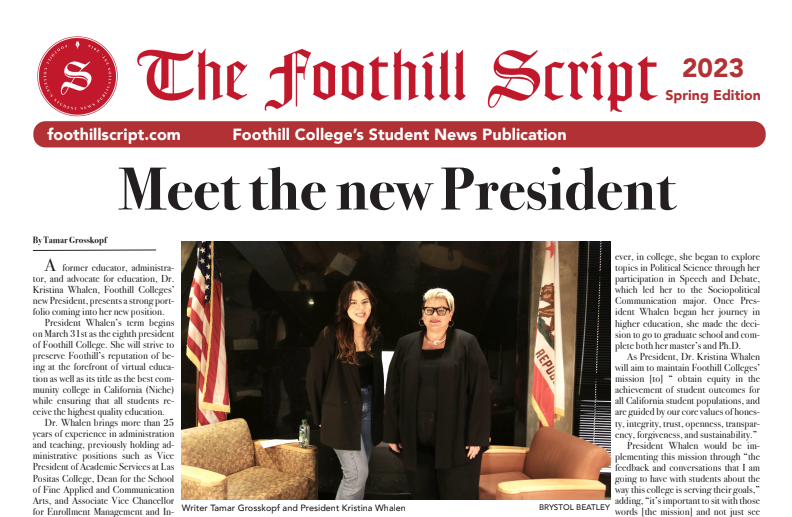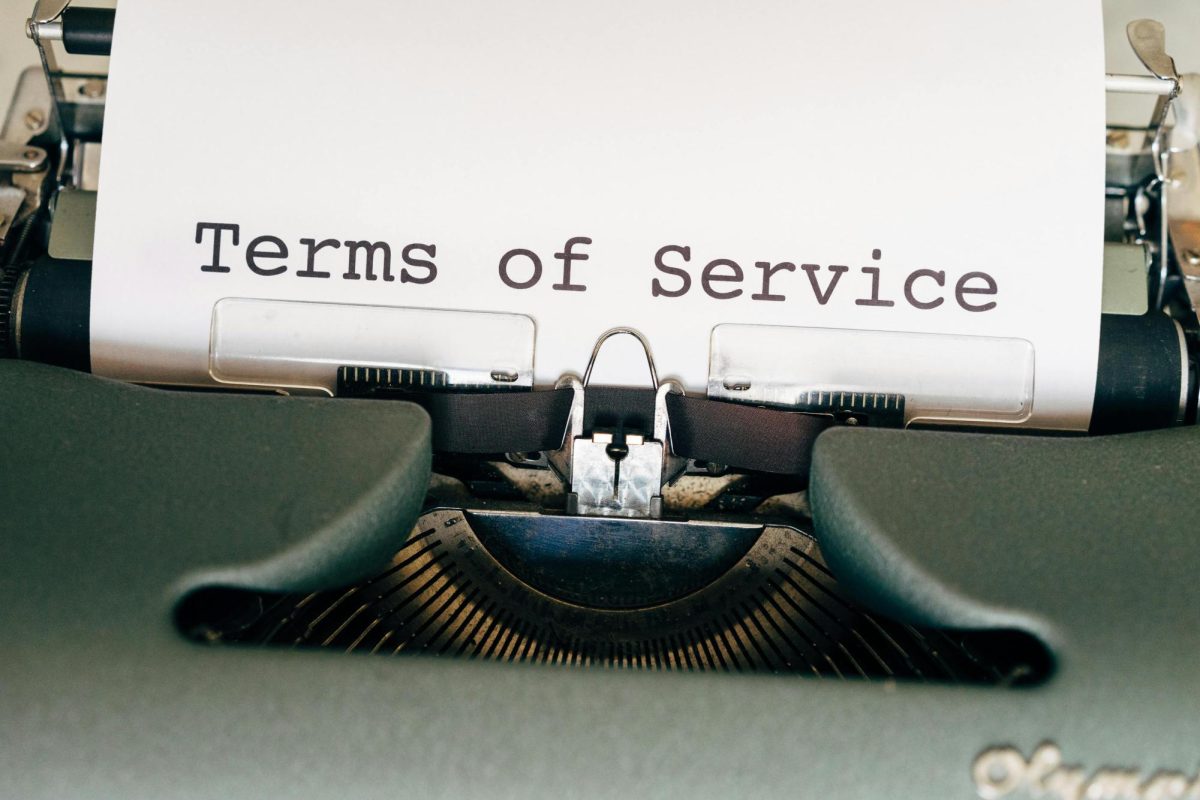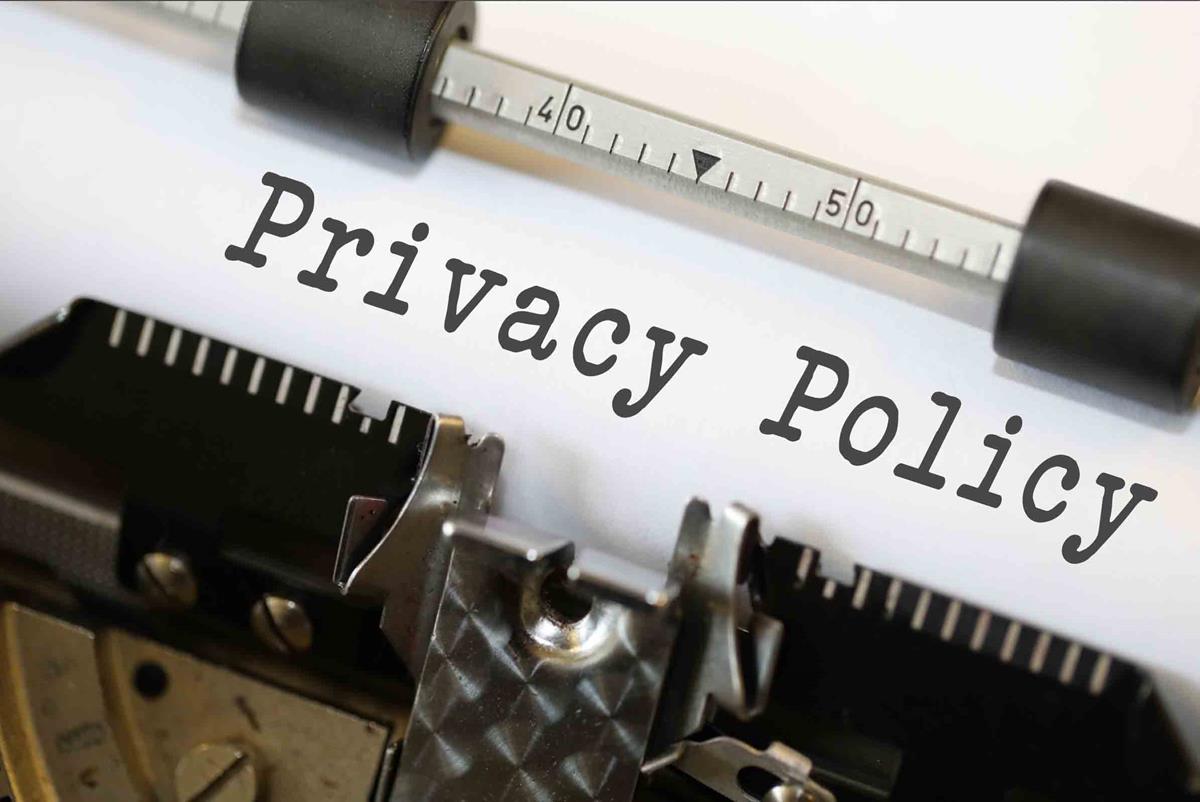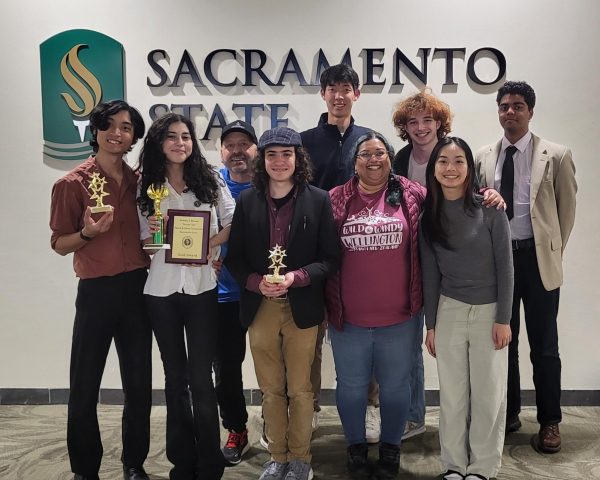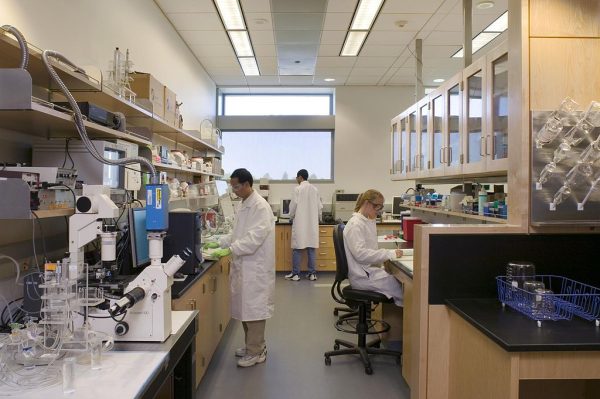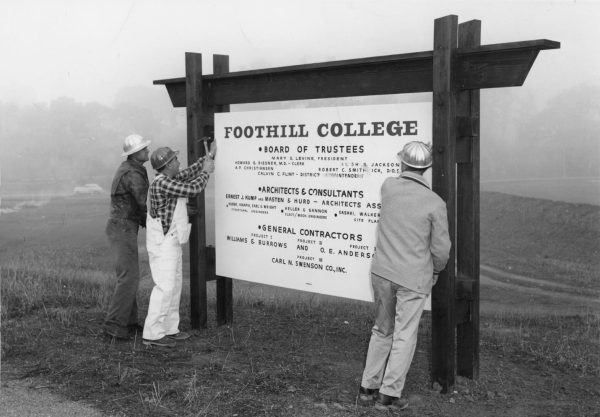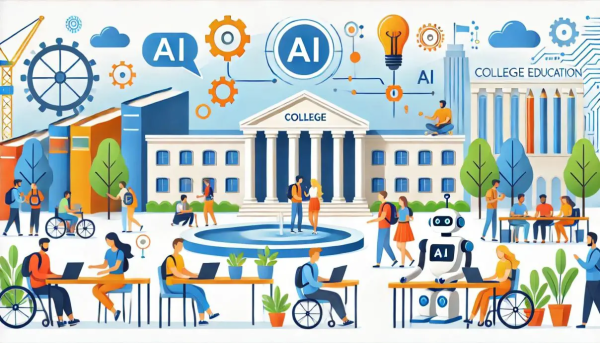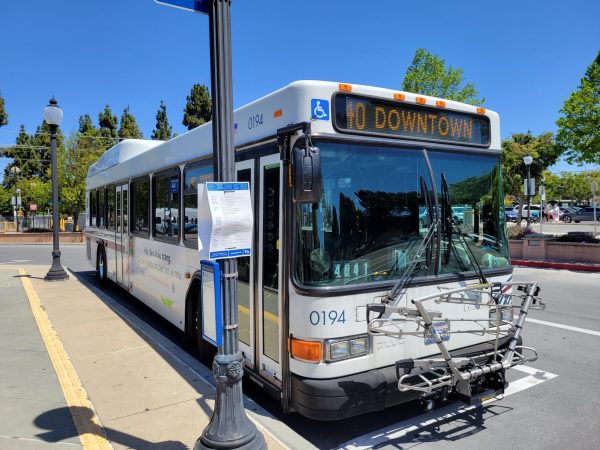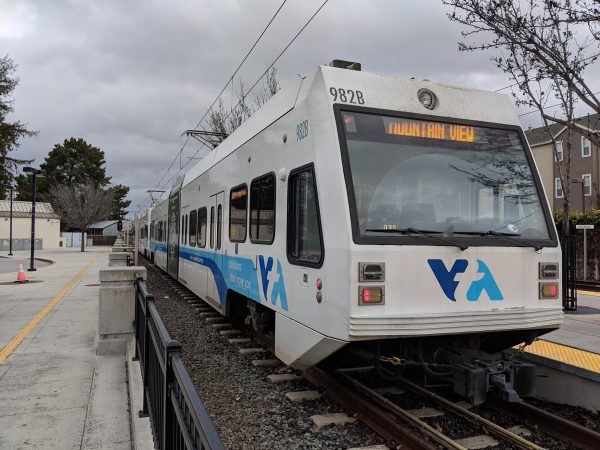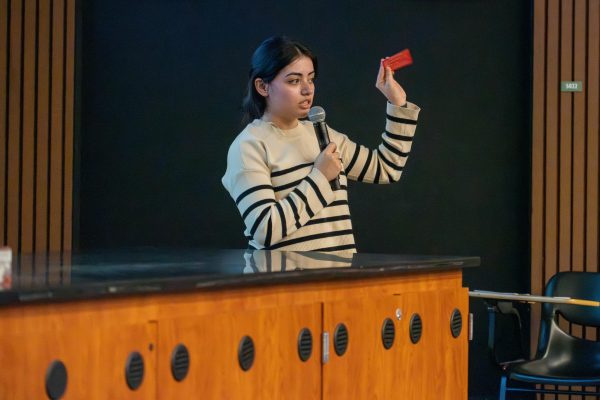SB 1: California’s Rising Gas Prices
On November 1st, 2017, a new California State Senate bill went into effect with the aim of repairing California’s crumbling roads and other infrastructure. Senate Bill 1, which passed through California’s State Senate and Assembly last April with the bare minimum number of votes required, has multiple provisions, the most prominent feature being a hike of the California fuel excise tax of twelve cents per gallon. Overall, the bill is designed to generate 5.2 billion dollars yearly to help repair California’s suffering roads and highways over a ten year period, totaling 52.4 billion dollars to be split evenly between local streets and transportation and state highways and transportation.
It’s no secret that California’s road and transportation systems need work: the 2017 Infrastructure Report Card, which assesses road conditions and other aspects on a state-by-state basis cites that fifty percent of the state’s public roadways are in poor condition. These poor conditions result in Californians paying more out of pocket for their own vehicle repairs — some additional seven hundred dollars annually.
However, while Governor Jerry Brown strongly pushed the increase, the first of its kind in twenty-three years, as a response to the one-hundred and thirty billion dollars needed to fund various repairs statewide, Republican members of the Assembly insisted raising taxes on citizens was not the answer. Critics insist that prior mismanagement of funding is largely responsible for the neglect of the state’s road and highway systems; Assemblywoman Melissa Melendez made the claim that the bill intended to “divert” thirty percent of the revenue from the tax to non-related projects. The budget passed by Brown exactly matches Senate Bill 1 as passed, and allocates the majority of that portion to “bicycle, transit, and rail projects.”
In order to appease those concerned with fund management, SB1 also prohibits spending or borrowing of the money for any purposes not outlined in the bill, and “empower the California Transportation Commission to hold state and local government accountable” in their spending.
Regardless of where the money goes, the tax still represents a burden on Californian car owners. While the Office of the Governor says that the tax will cost most drivers less than ten dollars a month, it has still resulted in average California gas prices becoming the highest in the nation, passing Hawaii’s prices on November 6th. These elevated prices result from federal and state taxes, the higher cost of refinery that is associated with California’s requirement for vehicle fuel that burns cleaner to prevent smog, seasonal price fluctuations between differences in winter-grade and summer-grade gasoline, and a curious twenty-cent per gallon surcharge that has overstayed its welcome since a southern California refinery explosion in 2015.
This new tax could leave Foothill students, particularly long-distance commuters, in the lurch — especially considering the expenses of tuition and rent.
And although the success of the Eco-Pass vote has momentarily staved off financial concerns of students who rely on public transportation, Public Advocates, a group dedicated to fighting for human rights via influencing public policy, has explored the implications of SB 1 on transportation injustice, or the level of accessibility that low-income communities and communities of color have to transportation. The group persisted in amending SB 1 to add 400 million dollars a year to the State Transit Assistance program — but what are Foothill Students’ priorities for this money? Is it enough?
Foothill student James Foy expressed his thoughts about public transit in the area: “…I take the bus, and bike, and walk. It can be [a hassle,] especially when you’re waking up early where the buses don’t exactly come on time, or they’re really spaced out. I take the 40.”
When asked about how he would like to see new funding allocated, Foy touched on low income communities, facility cleanliness, and punctuality.
“Maybe [the funding should go] toward the communities that struggle more academically, more toward the at-risk youth…. Maybe the cleanliness of the buses, … then the buses as well. Sometimes you just don’t want to sit down, it’s really disgusting.”
Whatever the impact of SB 1, it will affect much more than just gas prices.


